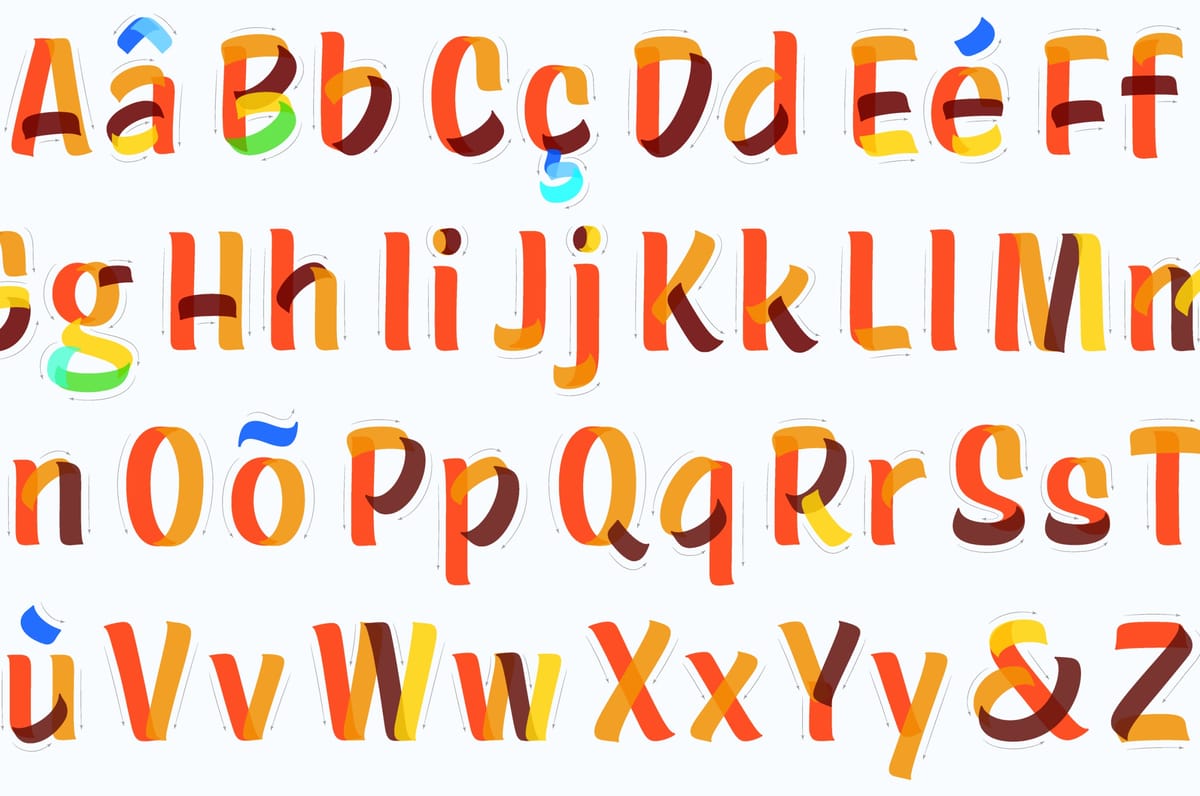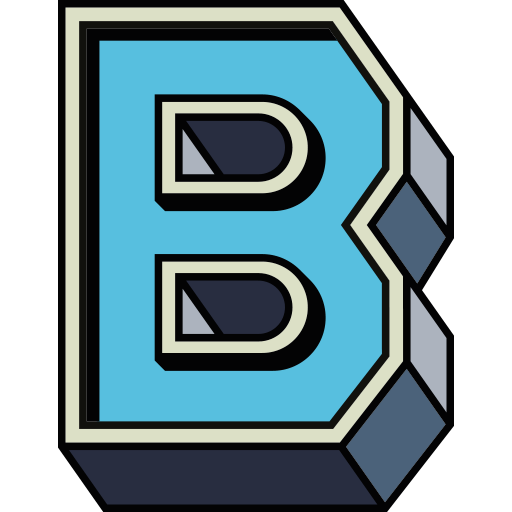Getting (Back) Into It for 2025
Advice on getting into the craft of sign painting from five people who have done just that.
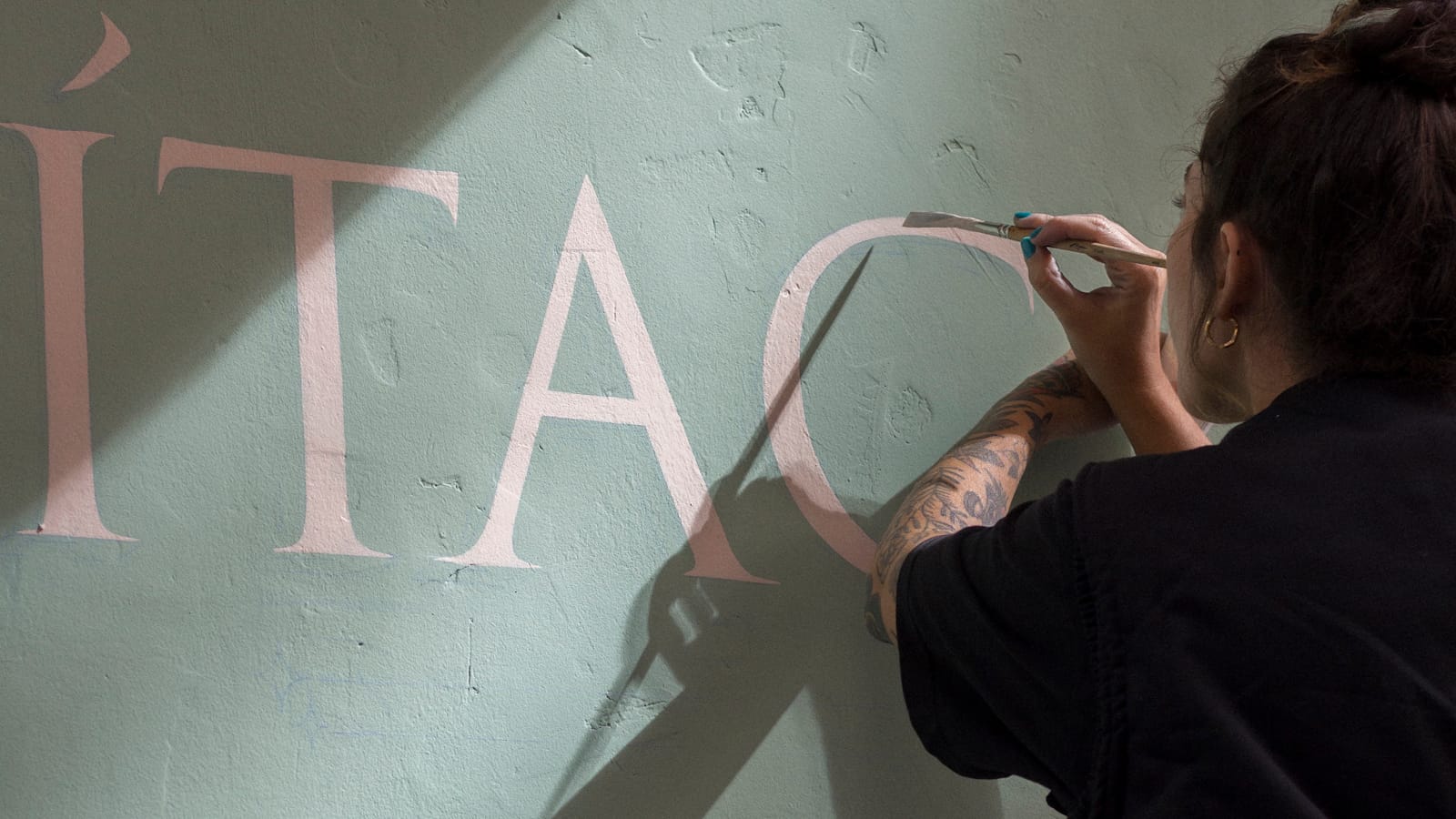
One of 2024's most popular bl.ag online posts was 'Getting Into It' by Lauren Kerbel. This profiled the journeys and experiences of different sign painters around the world, and this year she's added another five people to the list. Read on for their stories, and advice for those just starting out in the business.
If your resolution for 2025 is to pick up the brush, and you feel inspired by the wise words below, then make sure you get a copy of the Sign Painting book, and check out the various opportunities to learn the craft in-person and online.
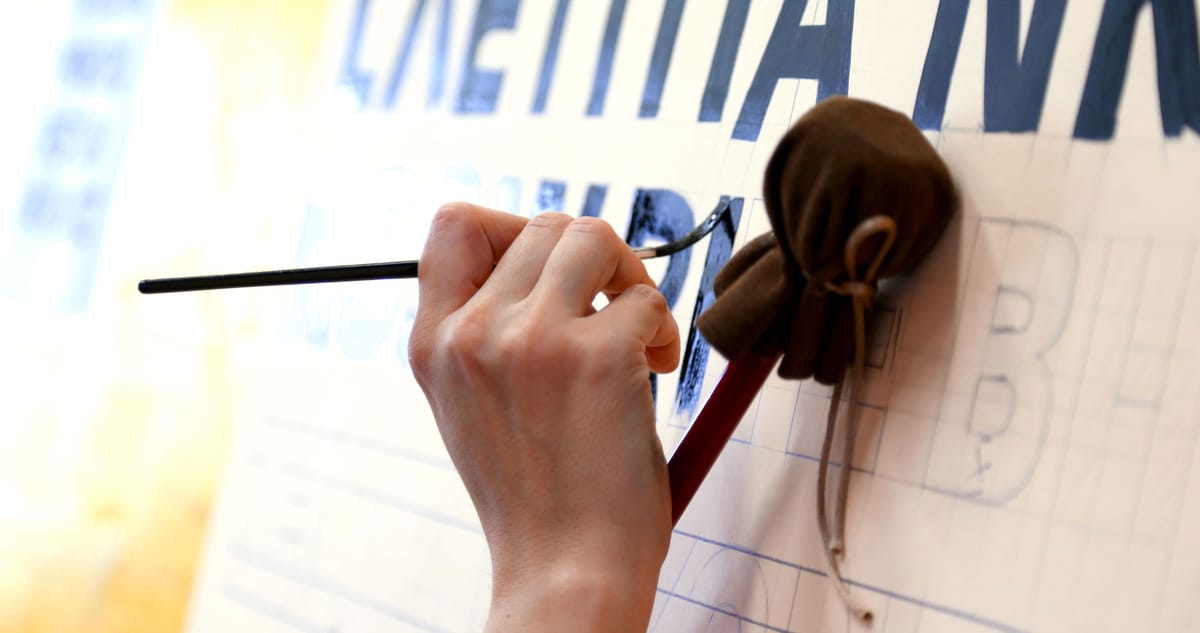
Sara Pasternak (Fine Letters)
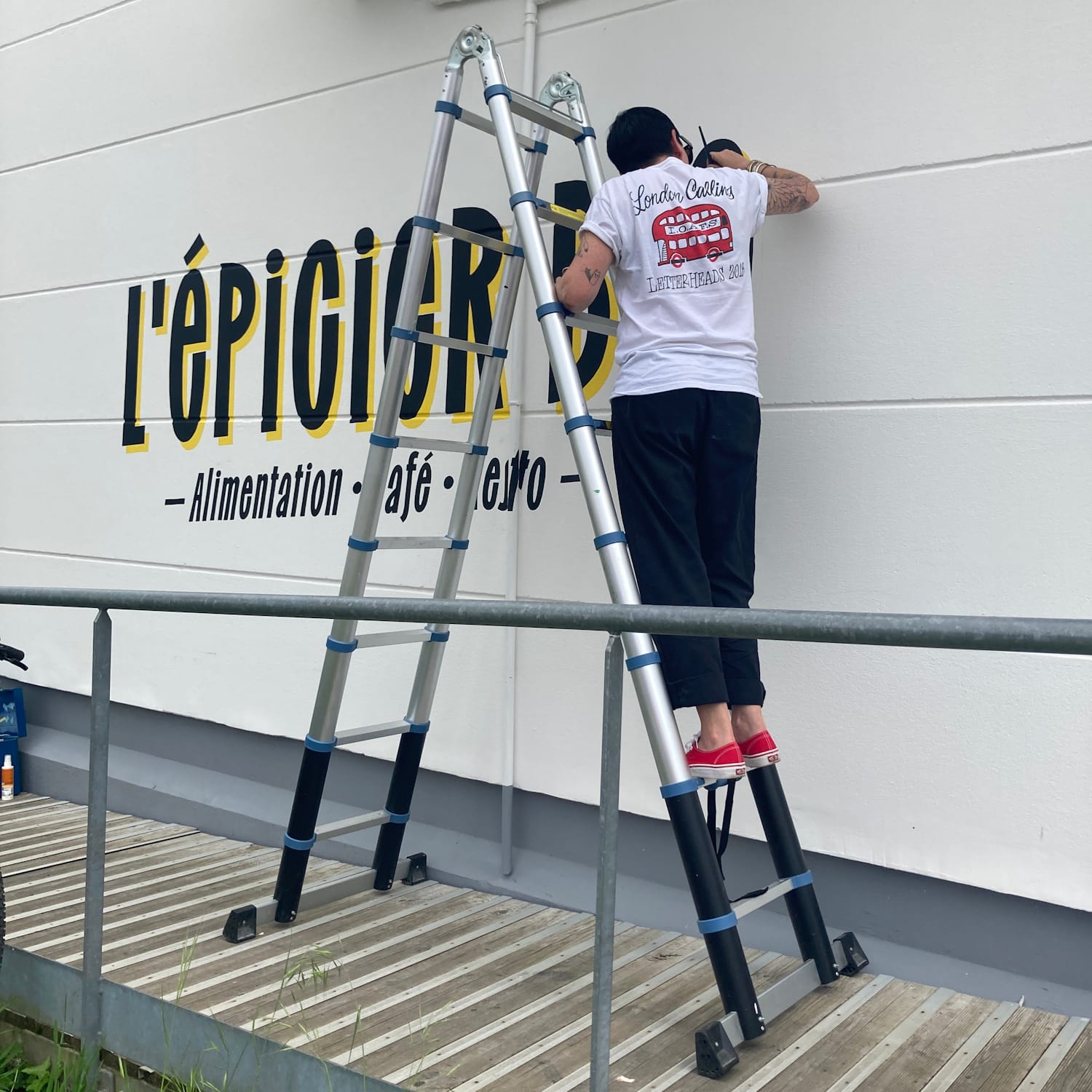
Location
France
Training
- Mike Meyer workshop
- Letterheads 2018 in London
- Ged Palmer’s Script & Casual workshop in Barcelona
What are your creative interests and passions? How did they lead you to sign painting?
I do hand-lettering and typographic artwork as often as I can. I’m also interested in silkscreen printing, as well as linocut printing. I always keep an eye on street art, and art in general, and love travelling to cities where I can see different styles and crafts.
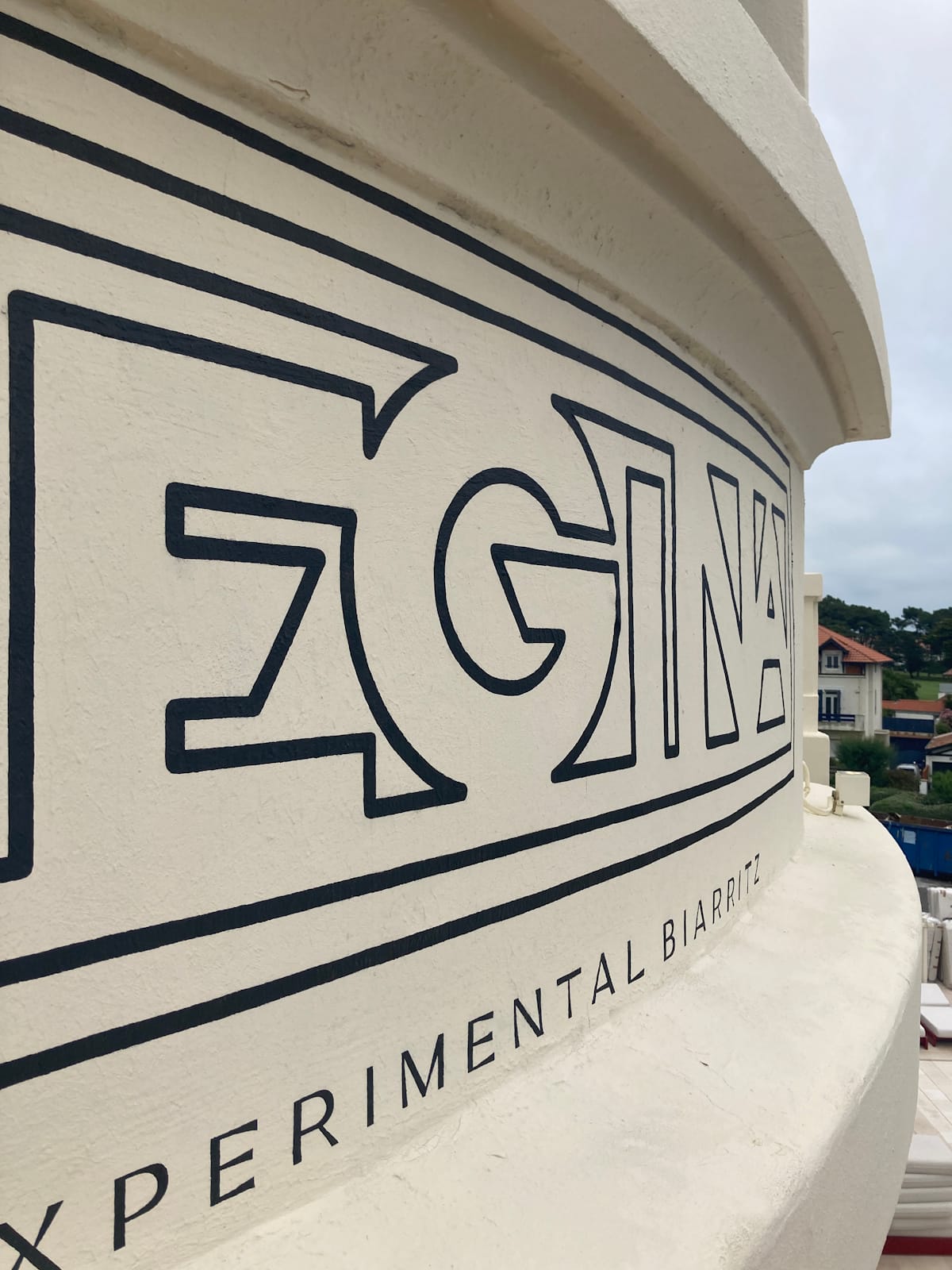
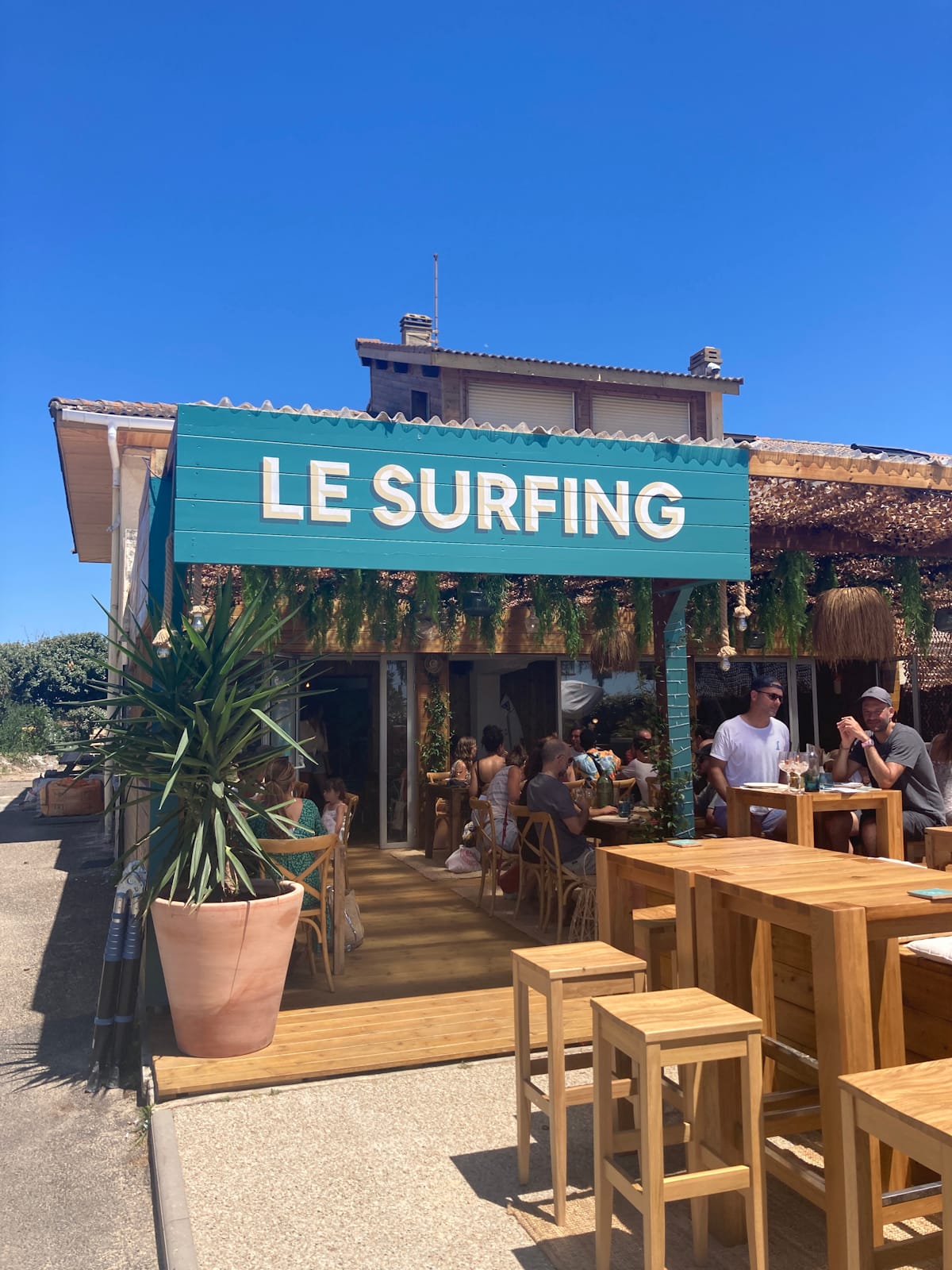
Sara is based in the Bay of Biscay in southwest France, with all the associated seaside activities you'd expect.
I’m a particular lover of all things Japanese — the language (which I studied for a few years), the culture and Japanese calligraphy. I guess I can say I’m into letters. I always hated painting illustrations at school, but I love hand-lettering, which led me naturally to sign painting.
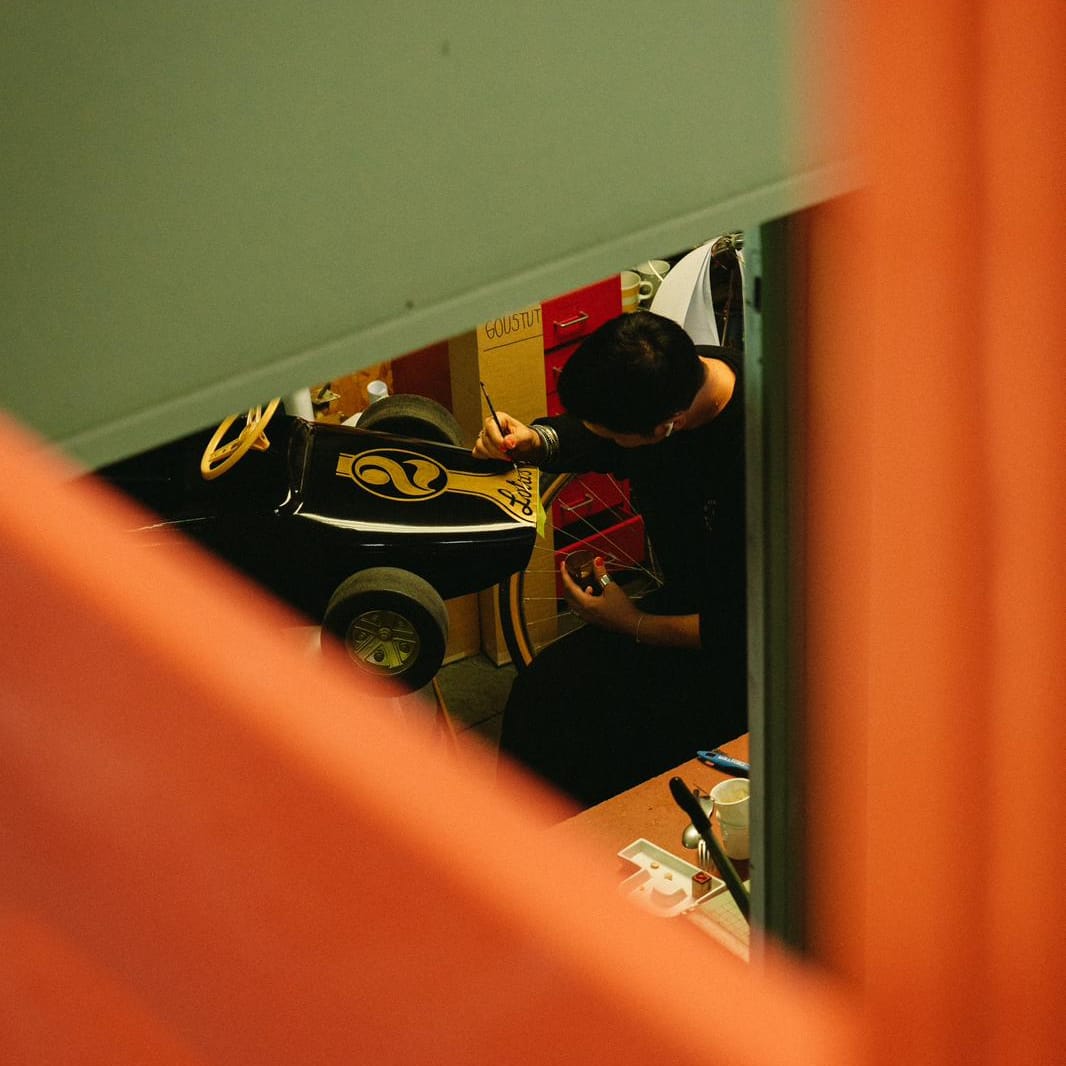
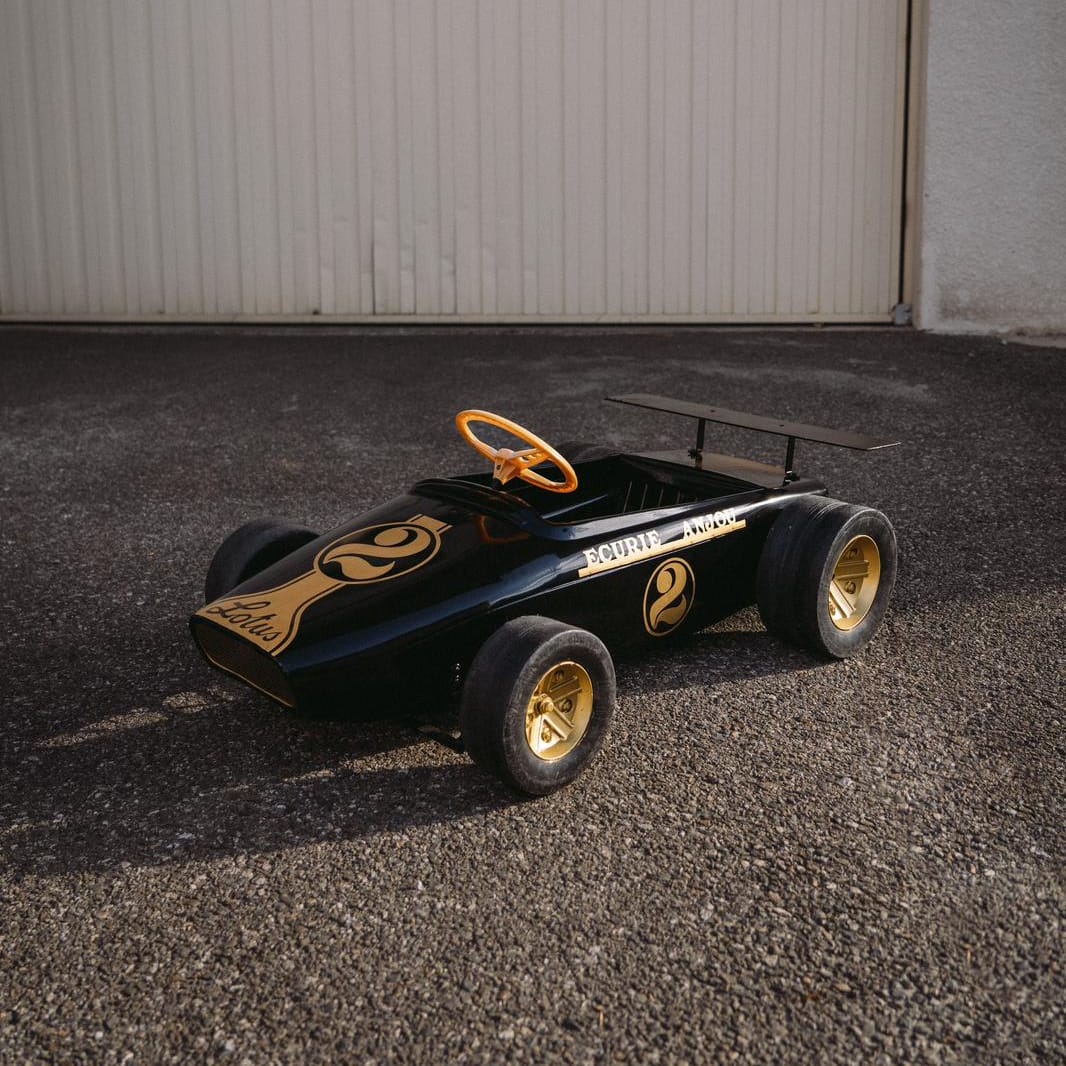
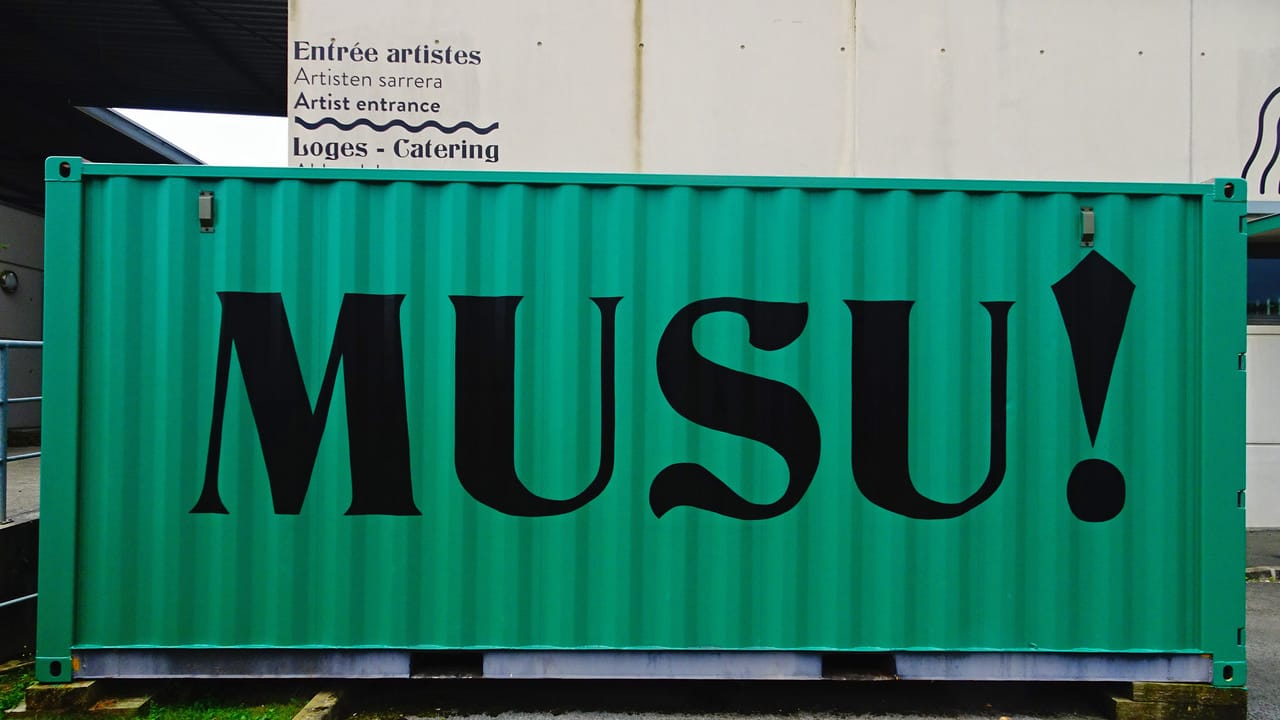
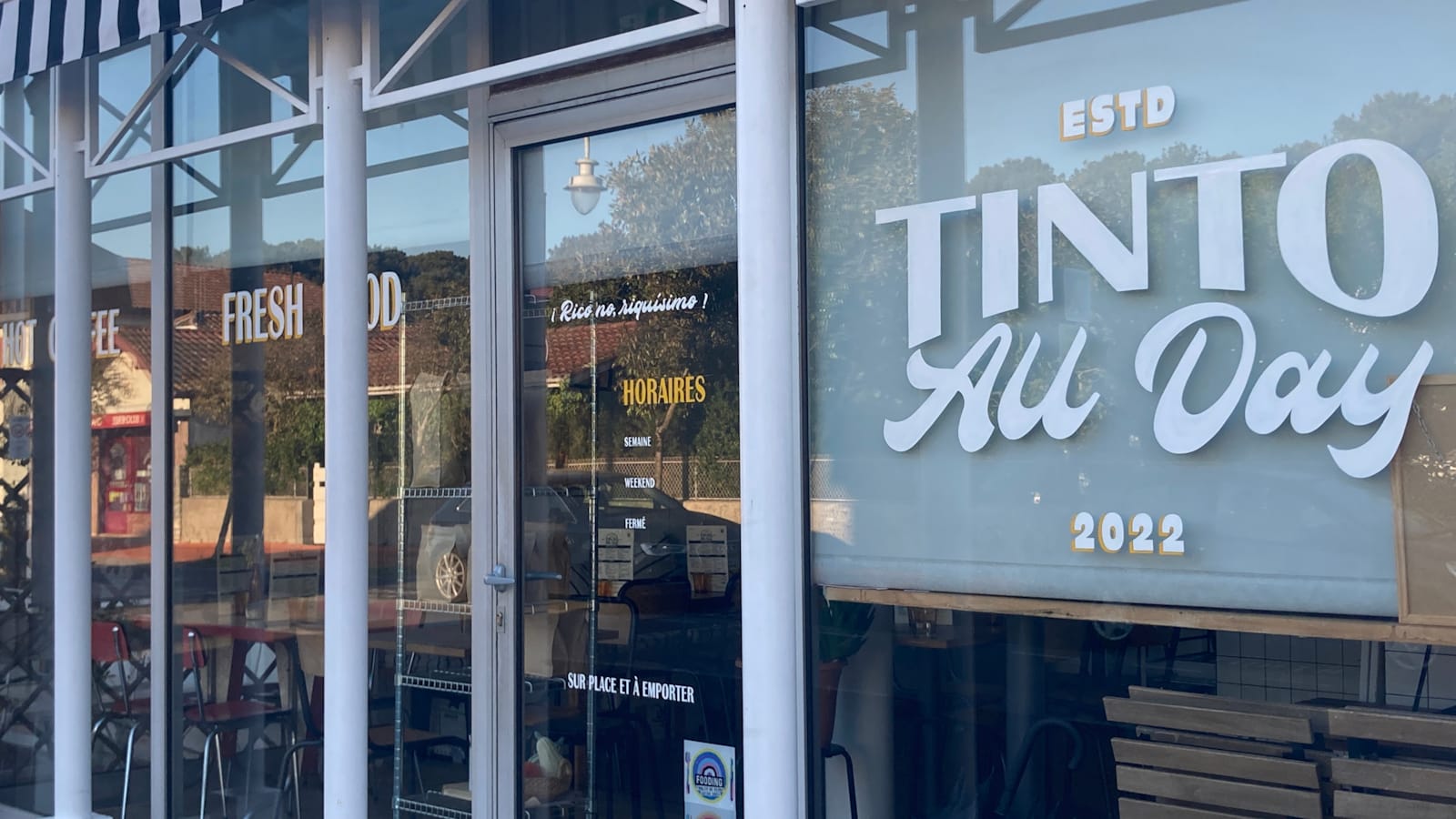
A novel piece of livery work, and more projects from Biarritz and surrounds.
What’s the best way to learn sign painting techniques today?
I think learning at workshops is super interesting. We learn from great people who love to share the craft and their knowledge, but we also learn alongside other people. I think [sign painting] is one of these crafts and passions that you learn more about day after day. Meet, talk to, and watch others work, and never stop learning.
Sara Pasternak (Fine Letters) / @sarapasternak
Brigitte Jaggi
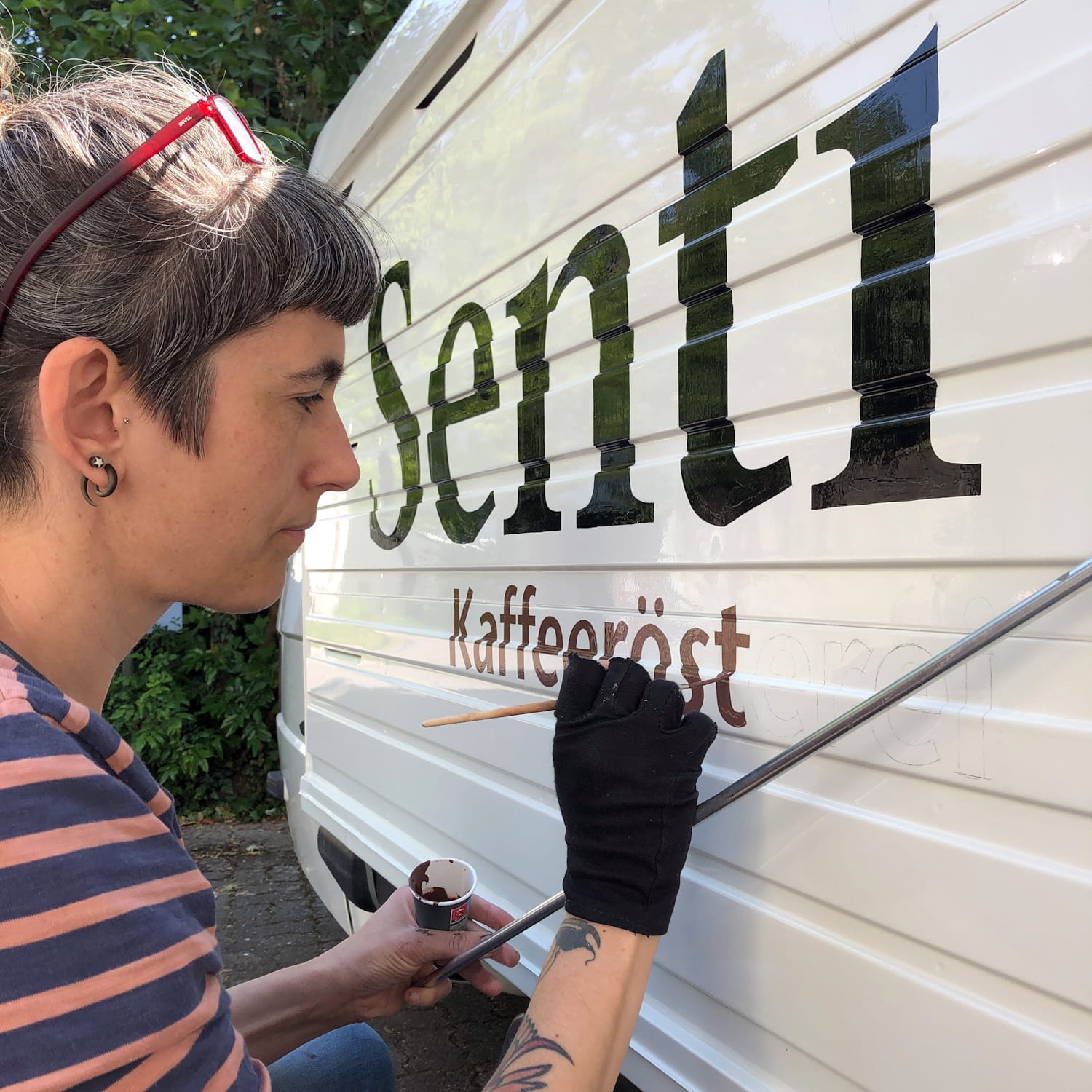
Location
Switzerland
Training
- Four-year sign painting apprenticeship
- Workshops
- Self-taught
- Training as a craftswoman for the preservation of historical monuments
Can you tell us what your career path to sign painting looked like?
Back in the 1990s, it was still possible to complete an apprenticeship as a sign painter in Switzerland. It lasted four years and was based on a dual education system, combining practical training with theory. I attended trade school on Mondays, a special class for calligraphy and lettering one evening a week, and the other four days I went to work and was given practical training by my two masters.
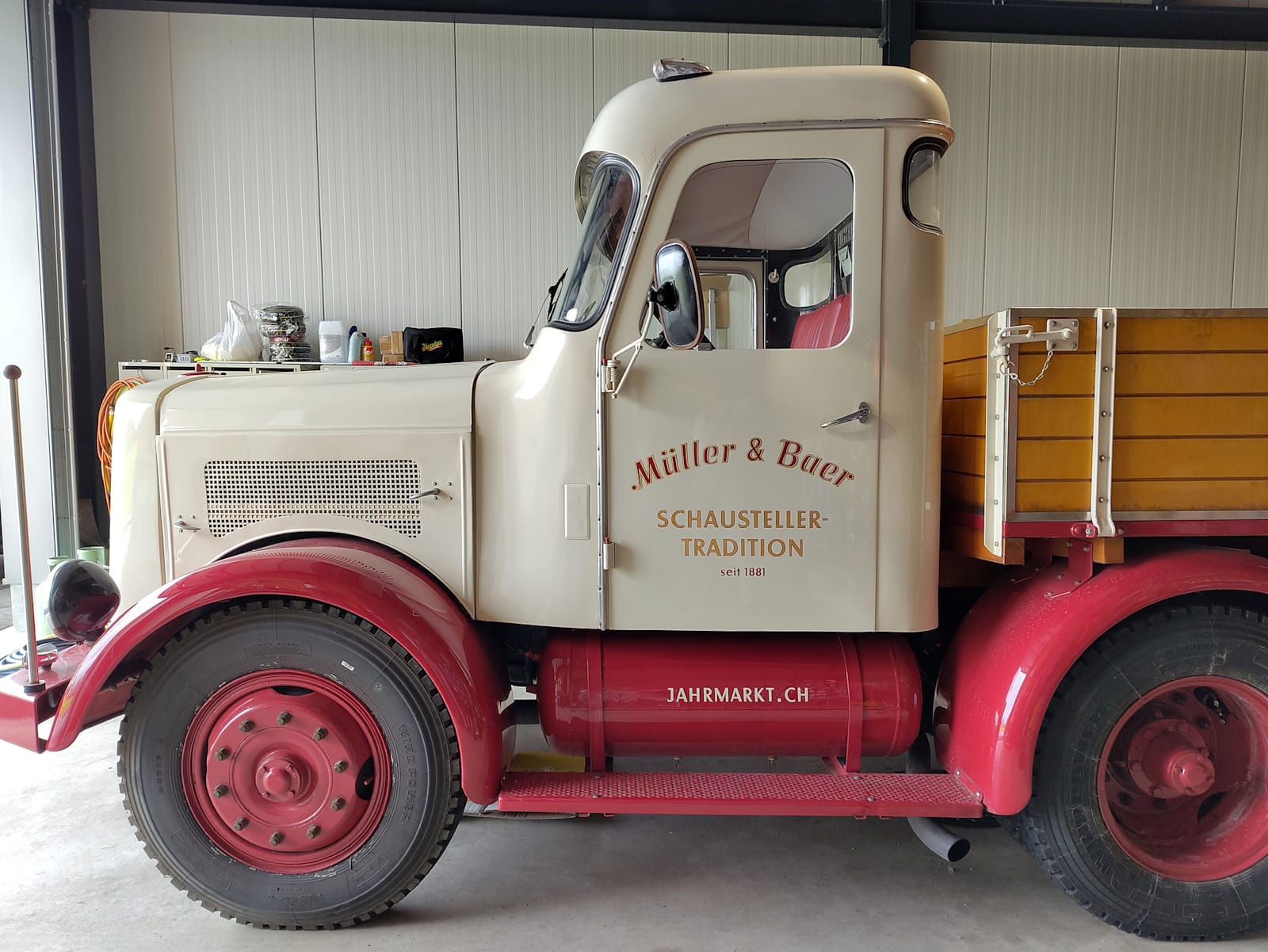
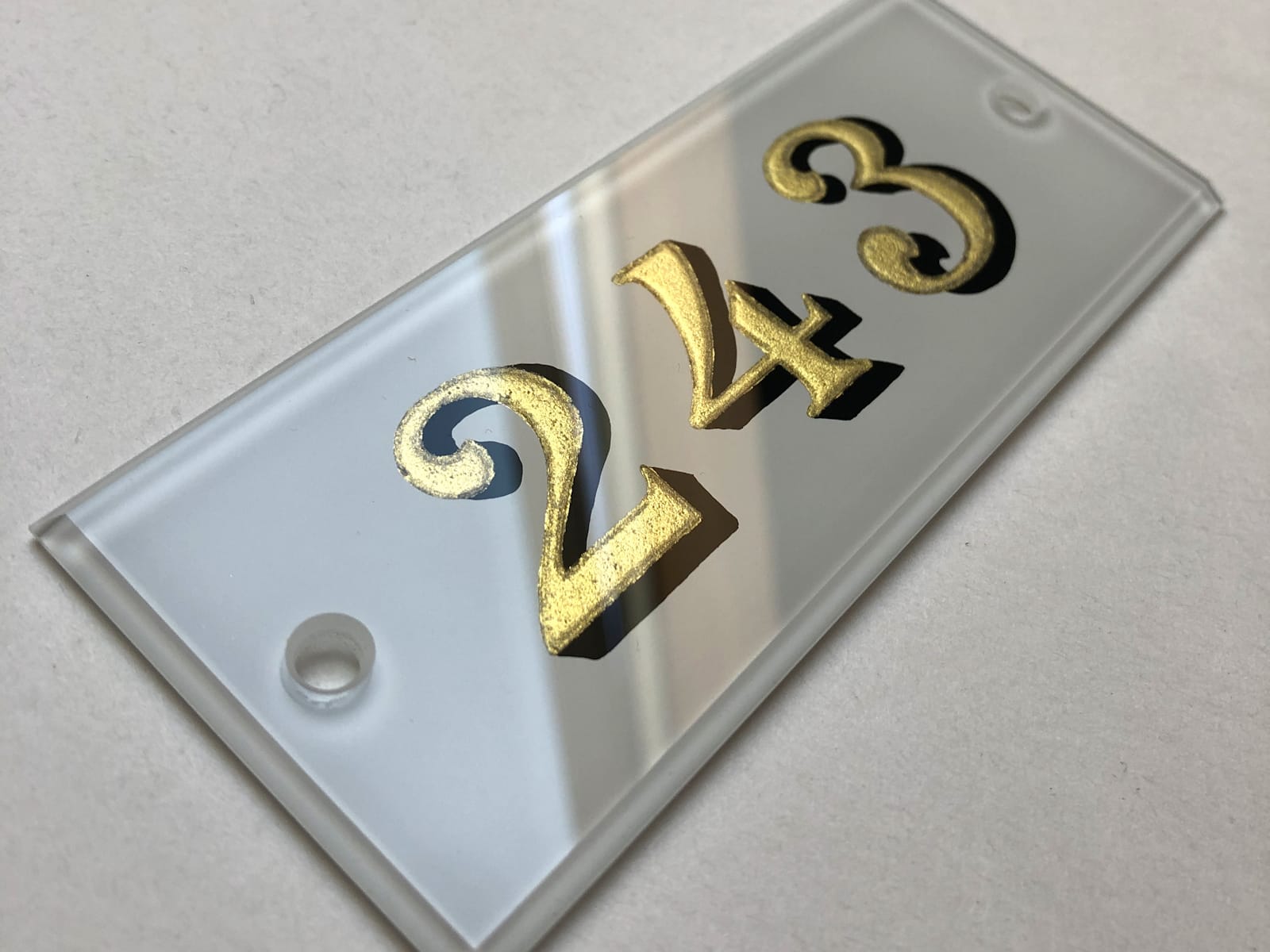
Vehicles and gilded hotel room numbers are among the diverse projects in Brigitte's portfolio.
How has your career changed over the years?
Shortly after I completed my apprenticeship, the training regulations completely changed. From then on, sign painters were called sign makers, and worked mainly with computers, plotters, and vinyl. In order to continue working in my profession — or what was left of it — I had to teach myself how to use these machines and the software. I started my own business in 2005 and, over the years, I have been able to specialise more and more in hand-painted and gilded lettering, and thus going back to my roots.
In 2023, I successfully completed my further education as a craftswoman for the preservation of historical monuments. It was an interdisciplinary training course in which painters, stuccoworkers, bricklayers, stonemasons, carpenters, gardeners, and woodworkers specialise in traditional techniques in their skilled trades.
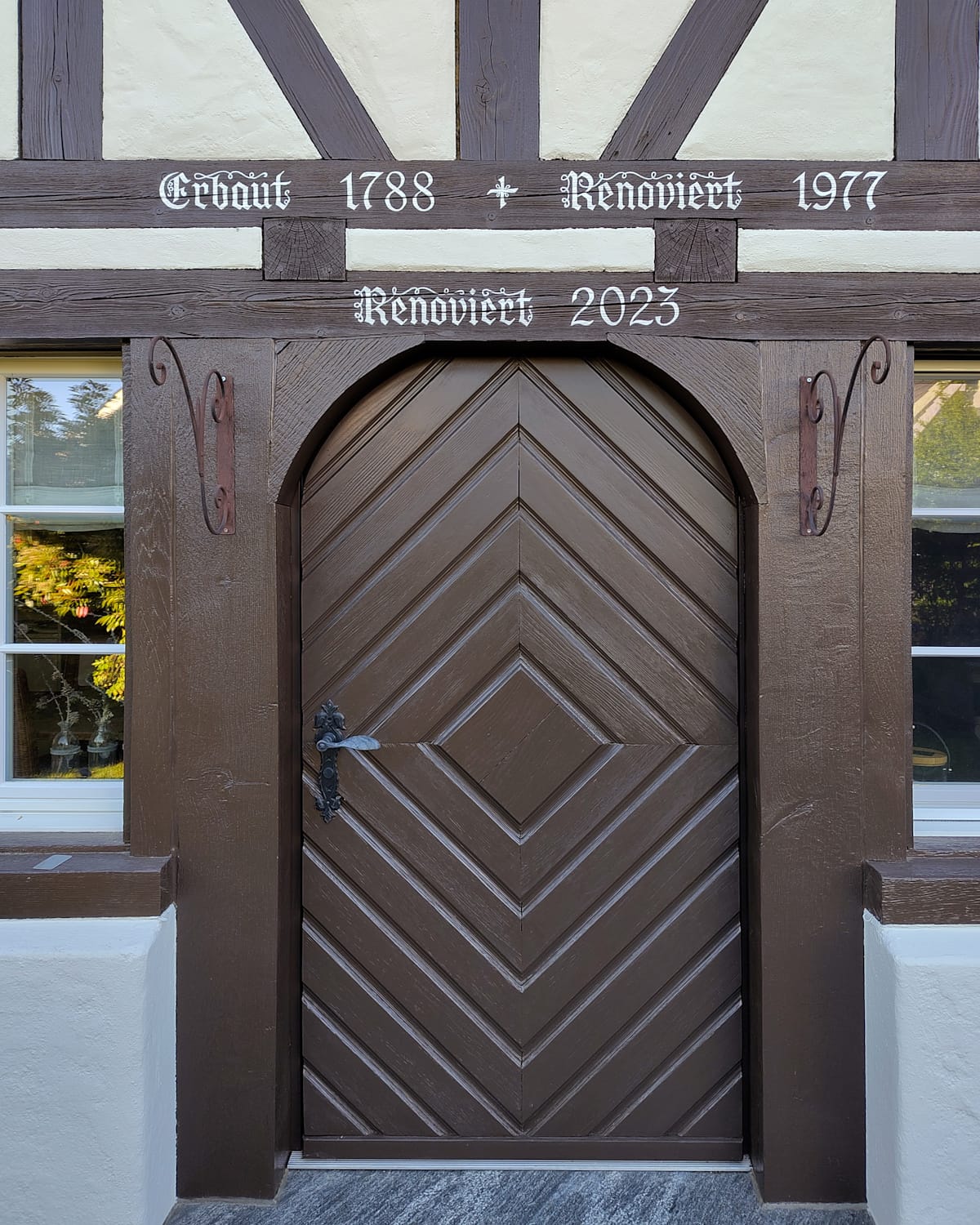
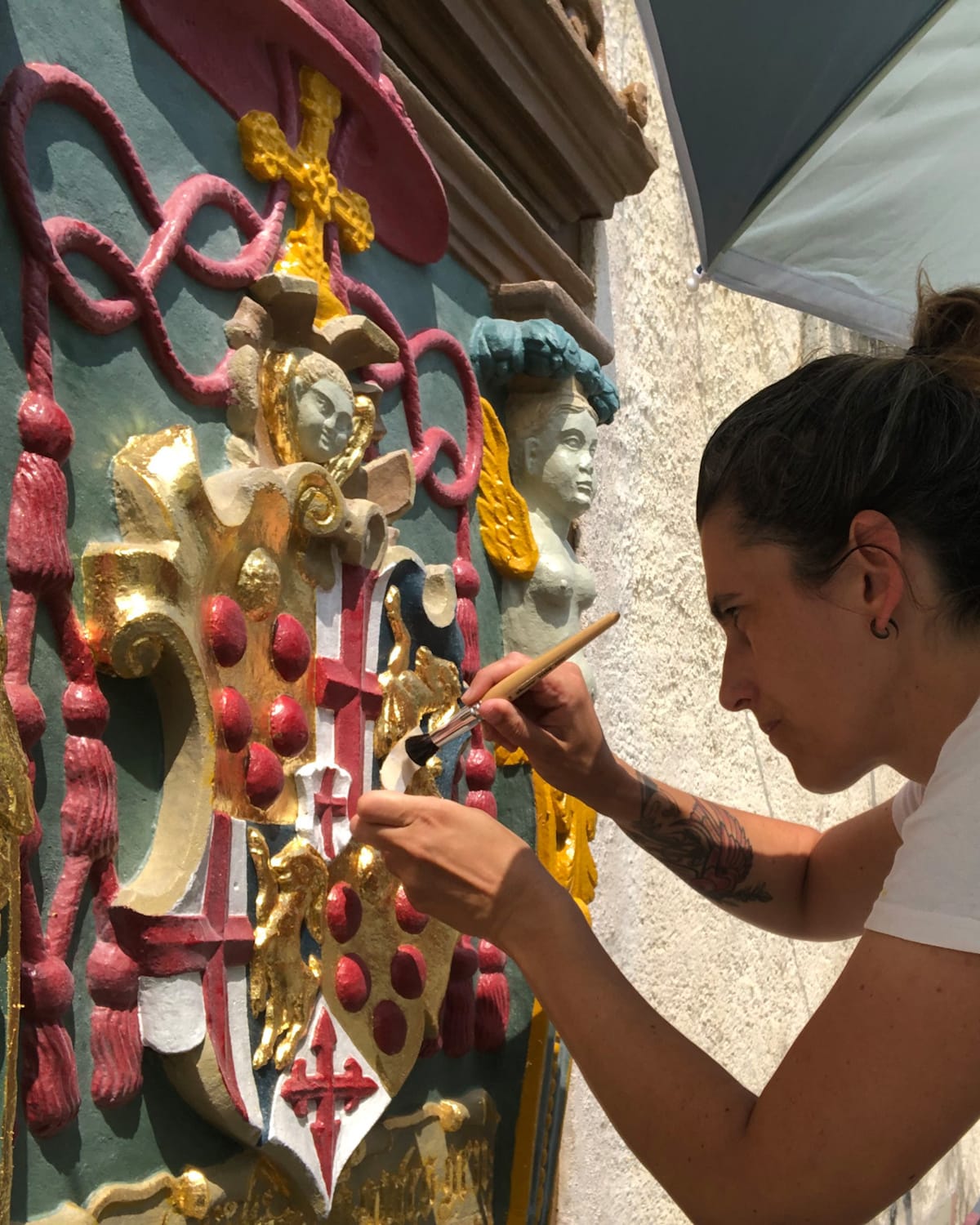
Heritage projects are a new line of work for Brigitte following her recent training.
What barriers or challenges have you faced as a woman and business owner working in the industry?
What I find very difficult are the disparaging comments and behaviour of some male customers. Especially at the beginning of my self-employment, I often heard that as a woman, my work should only be seen as my hobby and that I shouldn't demand money for it, ie I should consider it more of an honour to be able to work for them. Others didn't even greet me but explicitly only wanted to speak to 'the boss'. If my partner happened to be visiting my studio, they would address him as the boss; he always just smiled and referred them back to me.
I'm glad that I now have much more experience in dealing with such situations and know how to handle people like that. I no longer put up with it. Nevertheless, I still find it hard to understand how, as a woman in business, you often have to do much more to be seen as a person. [See Rachel E Millar's article in BLAG 03 for more on this topic.]
Brigitte Jaggi / @brigitte_jaggi
Alina Kiliwa
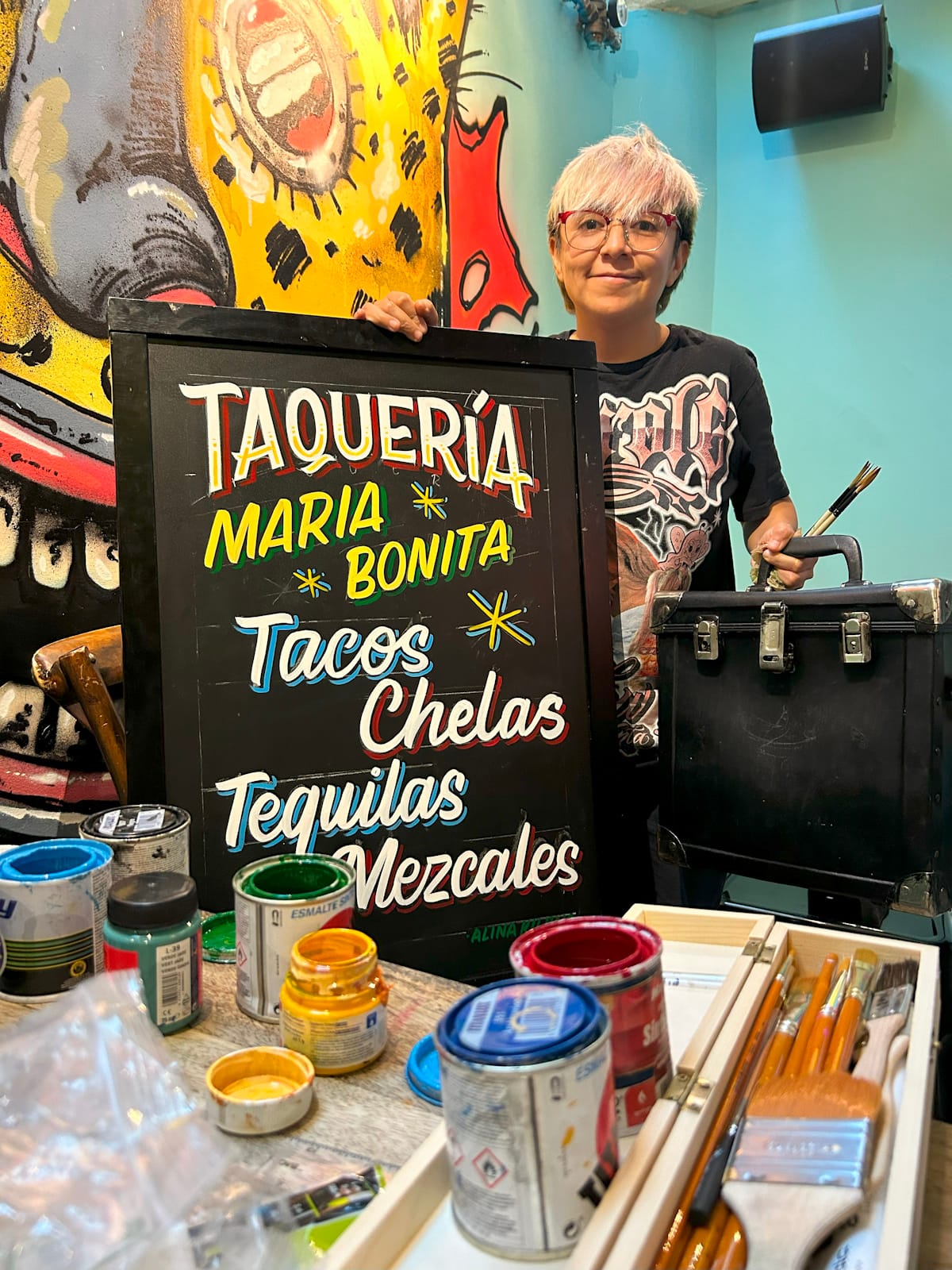
Location
México
Training
- Graphic design at Universidad Nacional Autónoma de México (Autonomous University of México)
- Calligraphy at the Society of Scribes and Illuminators
- Workshops with Brian Yonki and Carga Máxima (see the bl.ag online article about this style from Peru)
How did you start working in the industry? Did you work full time right away?
I had a job at Correos de México (the Mexican Postal Service) as a designer. In the afternoons and weekends I did freelance design and murals, and attended many urban art festivals. Eventually sign painting started to take up more of my time and I had to give up my full-time job to dedicate myself to painting — that was approximately eight years ago.
What road blocks have you run into along the way?
Many older colleagues that I approached refused to teach me lettering techniques; many because I was a woman and many others because I was not part of their family. Others told me they didn’t want competition because there wasn’t enough work. I had a steep learning curve, which is why I like to share knowledge now in the workshops I teach. [Alina also has her own online course with Domestika.]
Another barrier is that there are no professional-quality paints in Mexico, specifically enamels, so I have to ask acquaintances who travel to bring me good paints to use for some specific projects. Fortunately we have good brushes that are sold in a very famous store in Mexico City called Casa Serra.
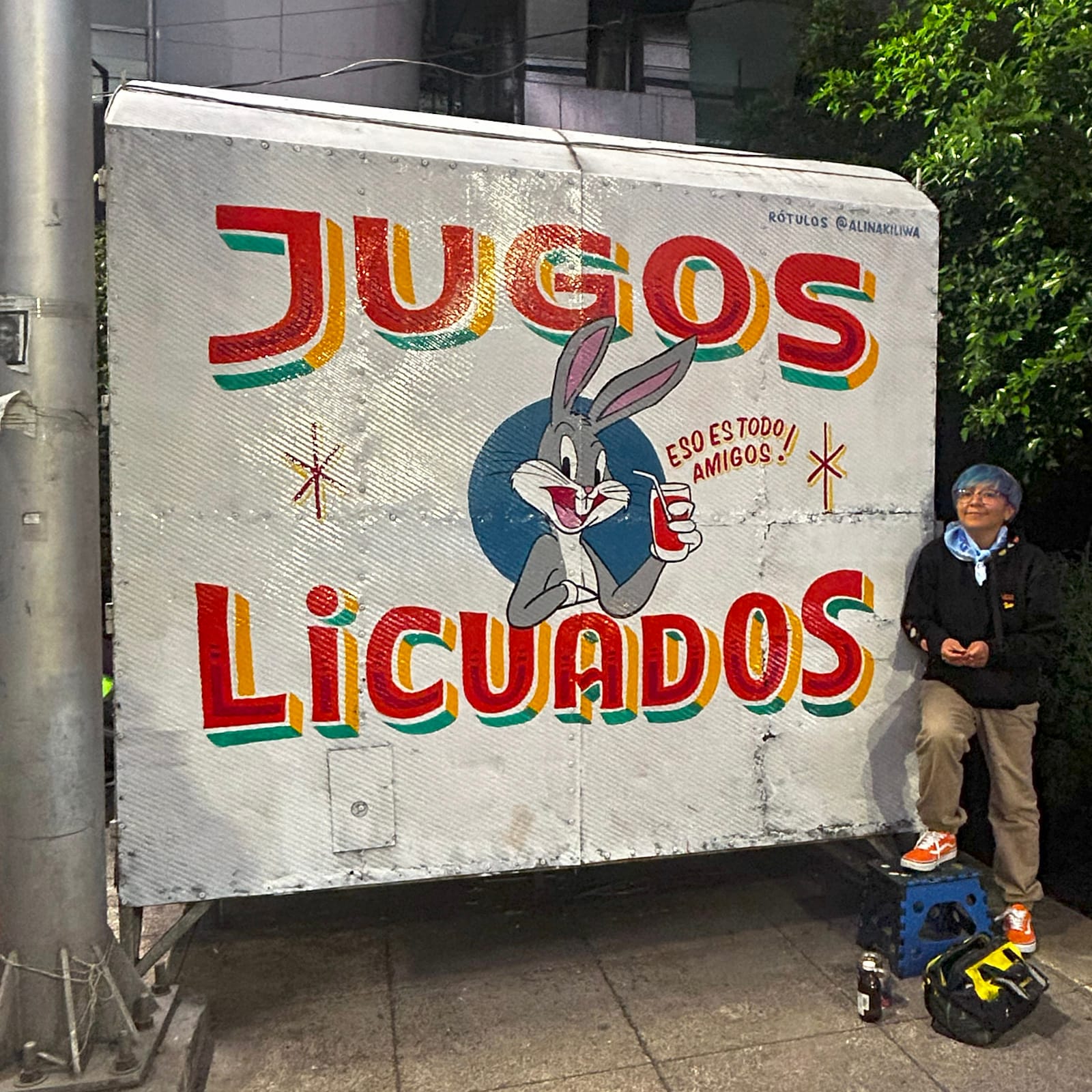
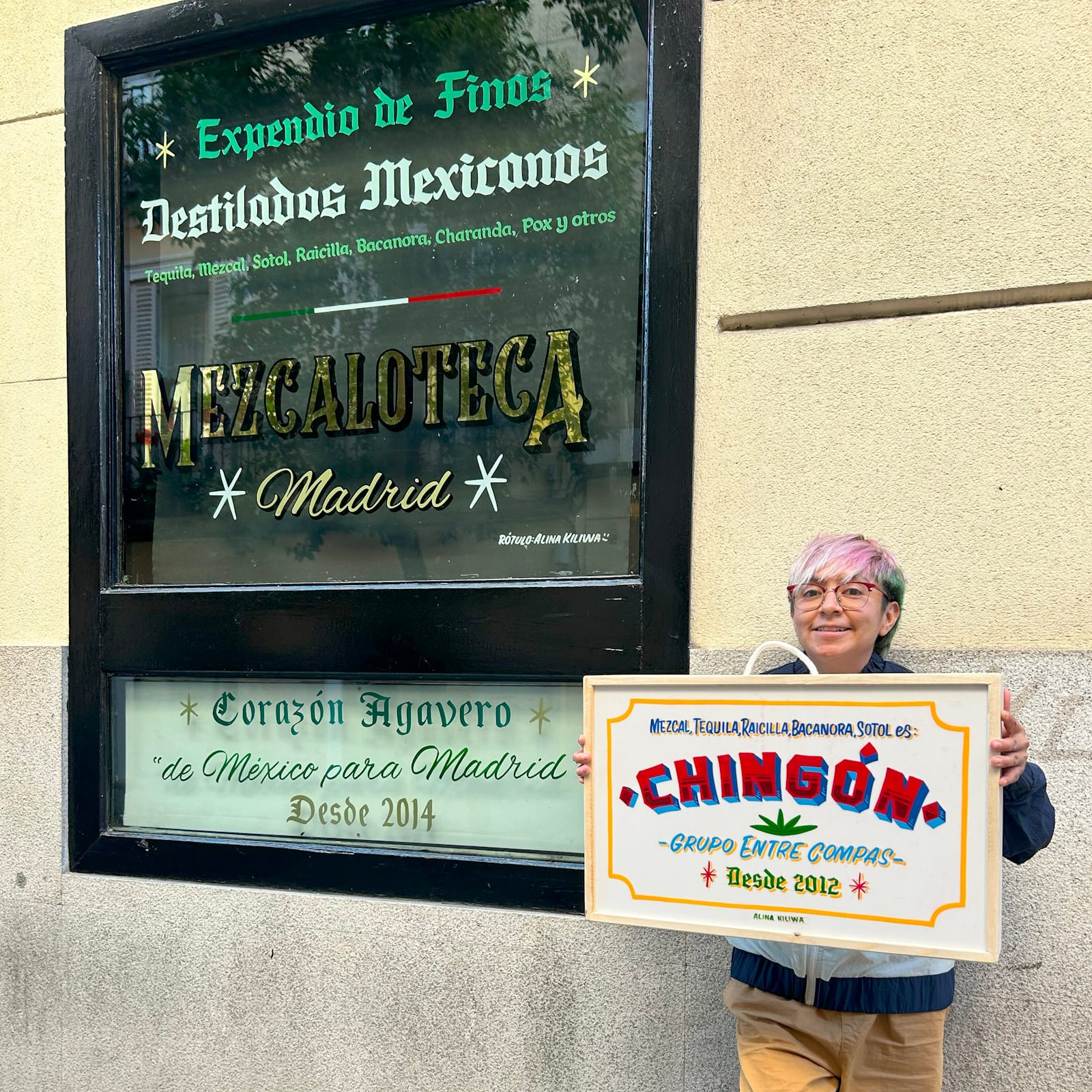
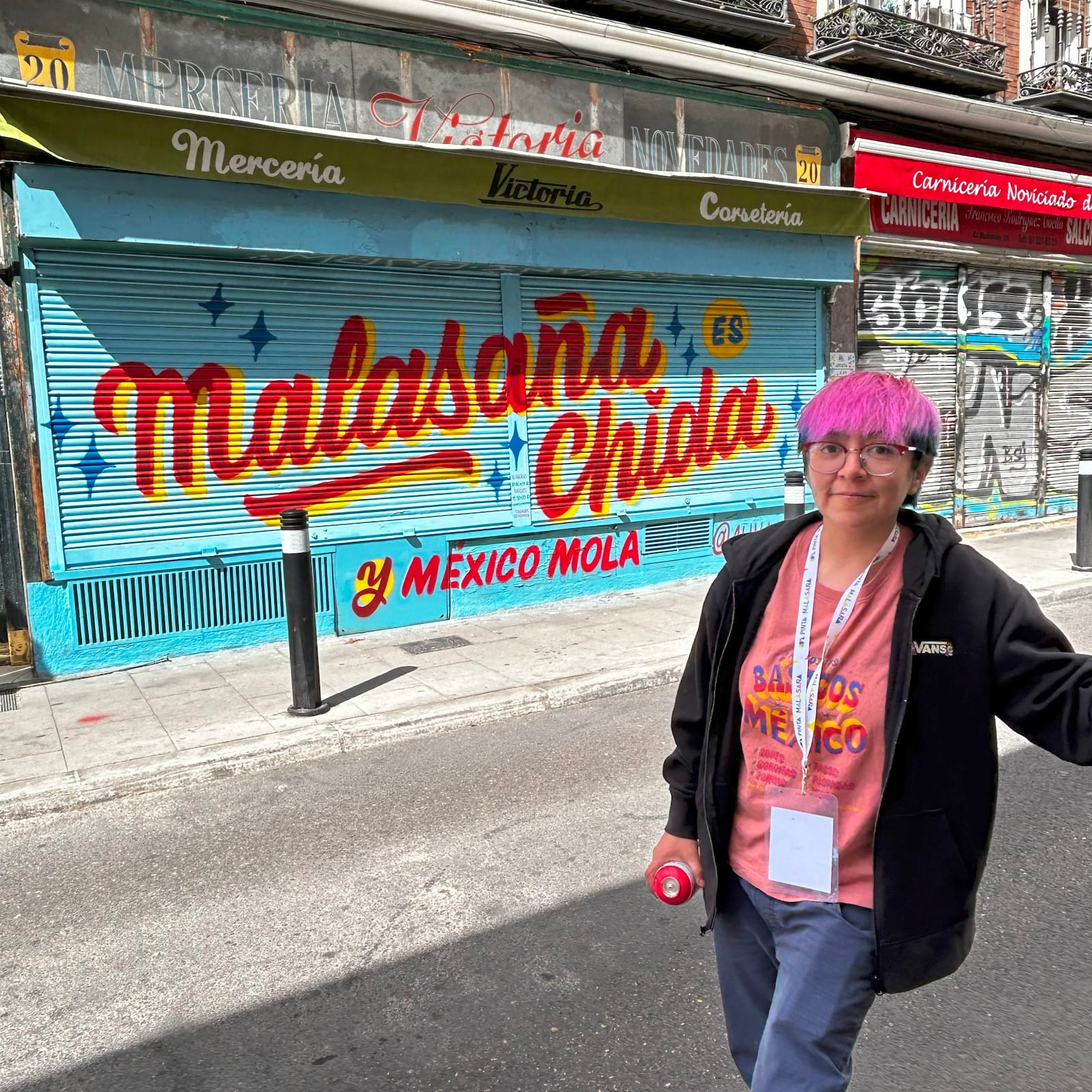
What’s the best way to learn about sign painting?
It’s always good to get to know others in the industry, whether they are in the same city or from other parts of the world. In general, younger painters tend to be more open to sharing knowledge.
Attend workshops and meetups because you can learn so much from your peers. Now there are also so many in-person and online workshops to learn the trade.
I think the only limit is having the desire to do it, and the discipline to practise a lot.
Elena Albertoni (La Letteria)
Location
Germany
Training
- Graphic & Type Design
What drives the passion for your work?
I'm very much in love with letterforms, regardless of their style, technology or application. I really enjoy the process of creating a visual identity by tweaking details of the letters, and I appreciate the variety and quality of old type and lettering.
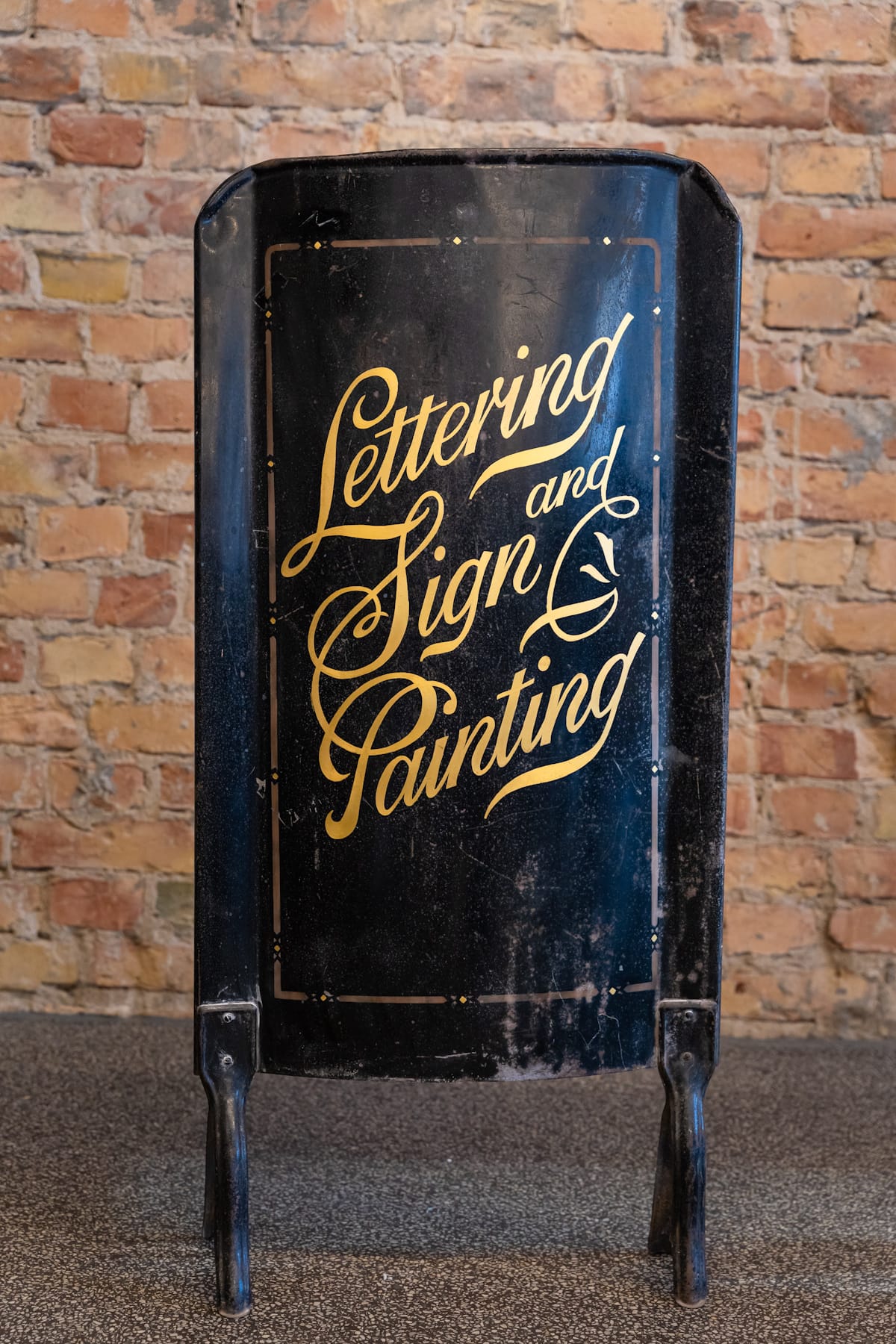
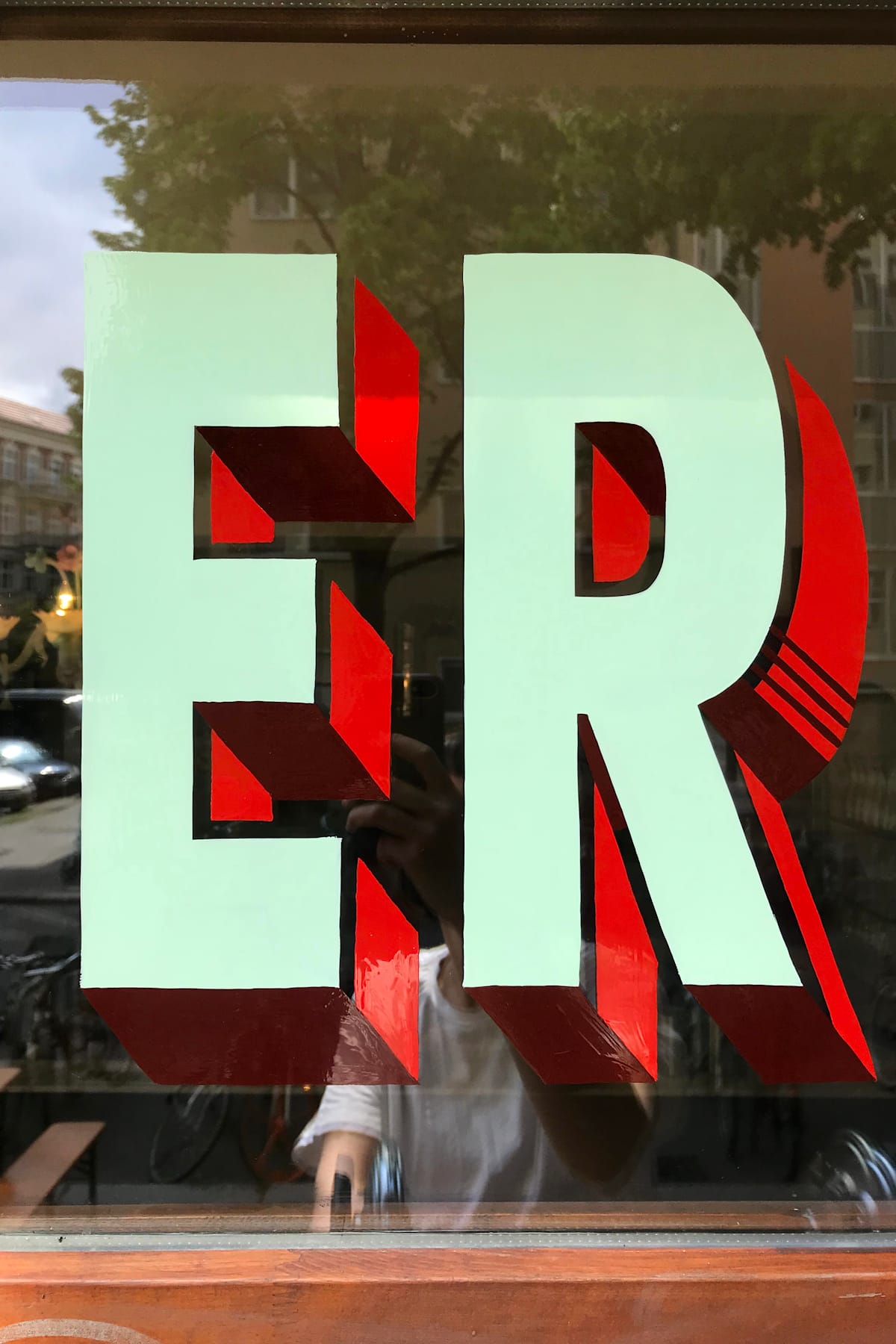
Personal project, and a detail from the transom window at Berlin's Gran Casino pizzeria. Photo (left): Yanina Isla.
There’s something very special about our craft: making ideas tangible and creating unique, individualised objects. Unlike mass-produced, uniform designs, each piece carries its own character, shaped by materials like paint, gold leaf, and the variety of surfaces we work on.
How did you learn the skills you use as a painter?
My graphic design education gave me a solid foundation to work on layouts and colour schemes. My training in type design has also been invaluable to learn how to draw readable and consistent letters from scratch, and to develop a good eye over time. At the same time, it took me a while to shake off the reflex to perfect micro-details, which are completely useless when it comes to painted letters! It’s more important to see the bigger picture and work quickly.
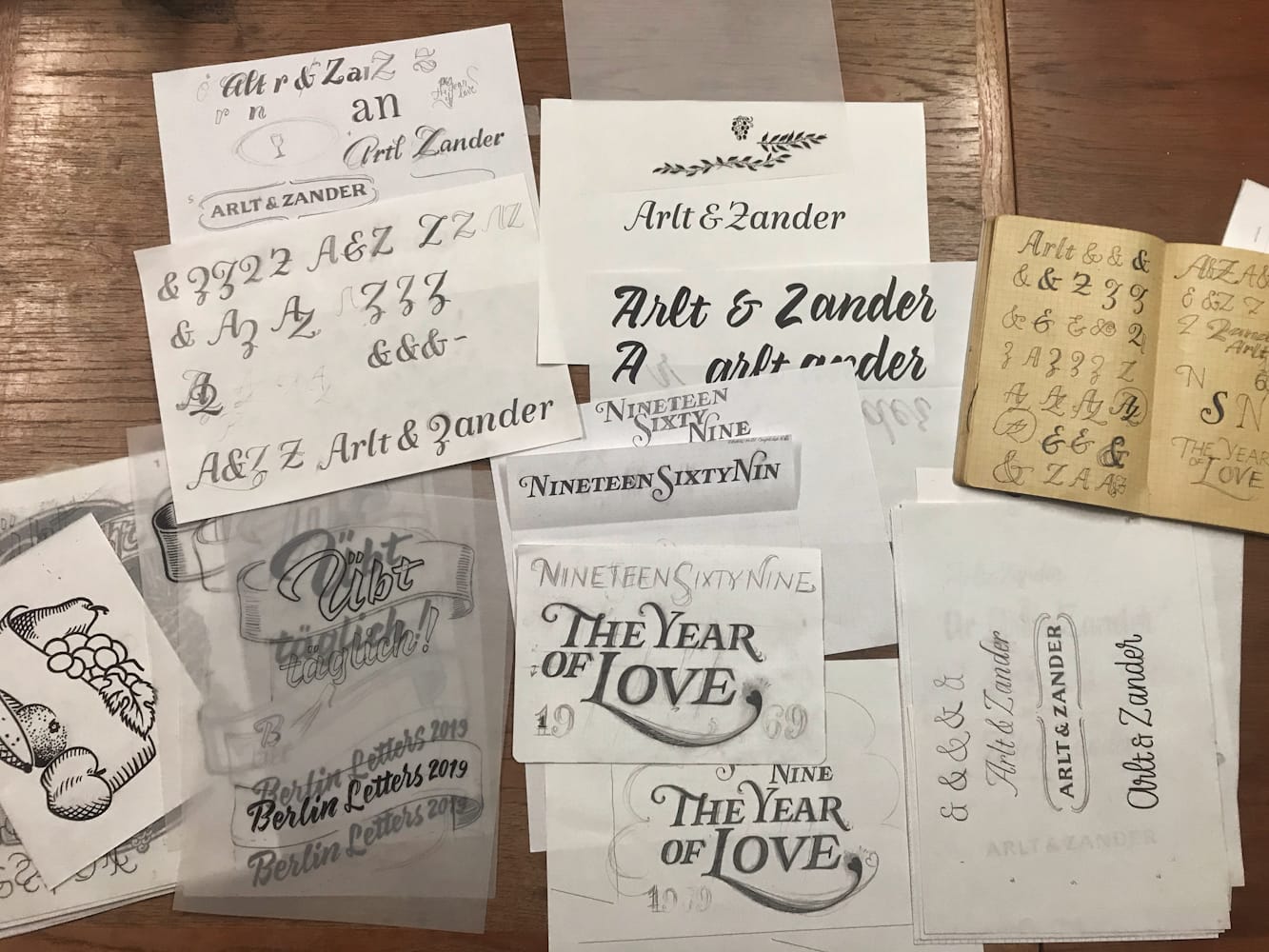
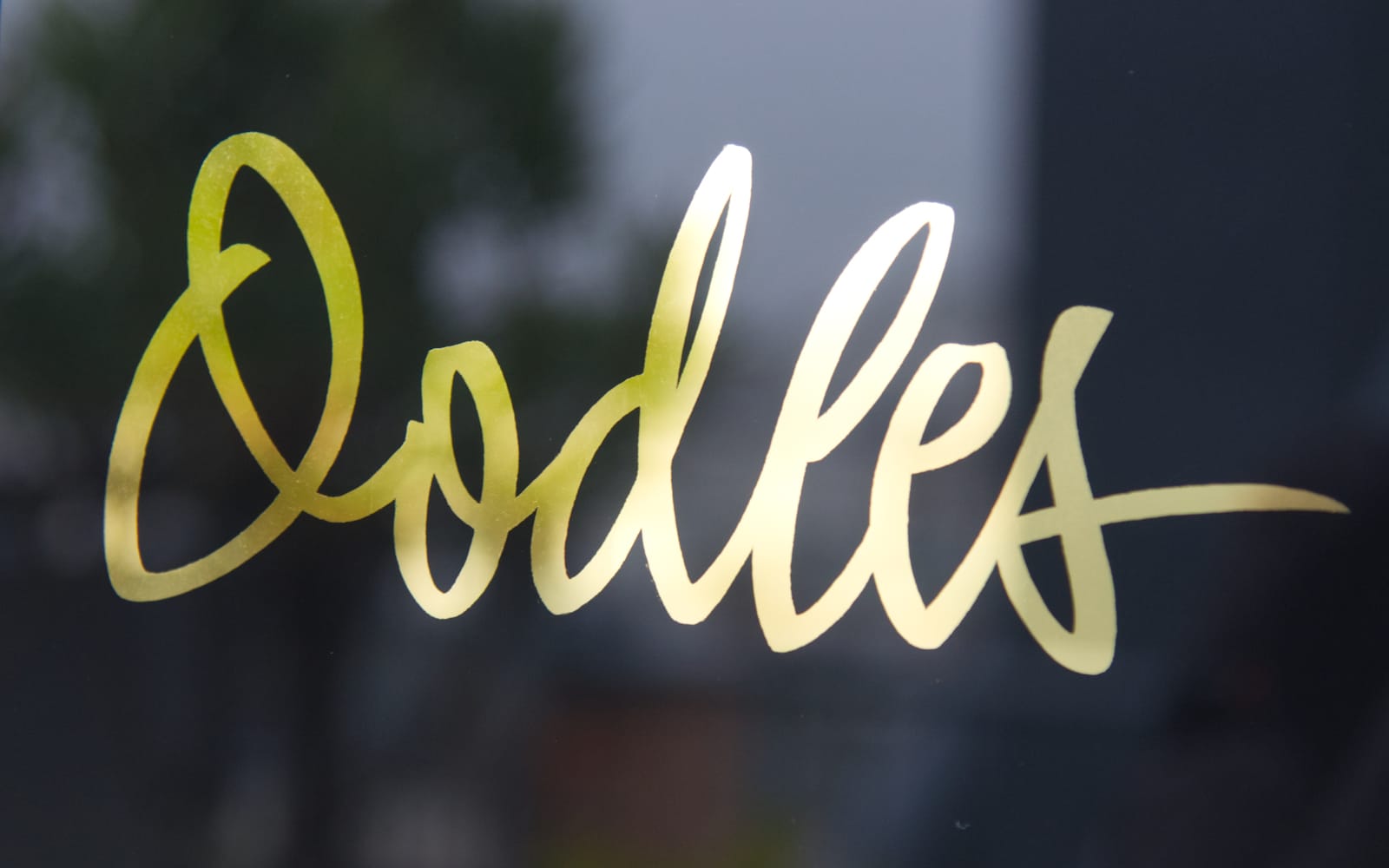
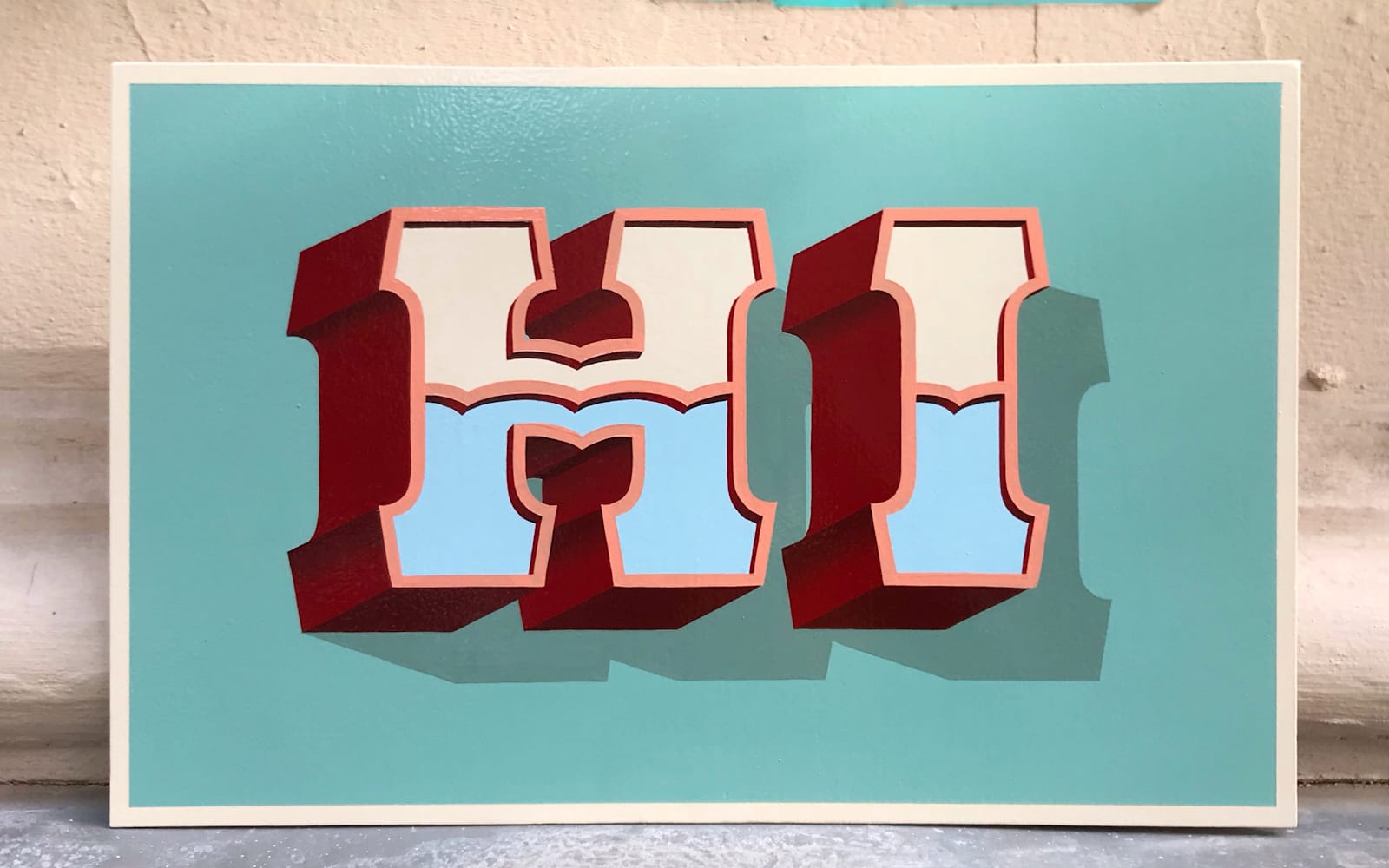
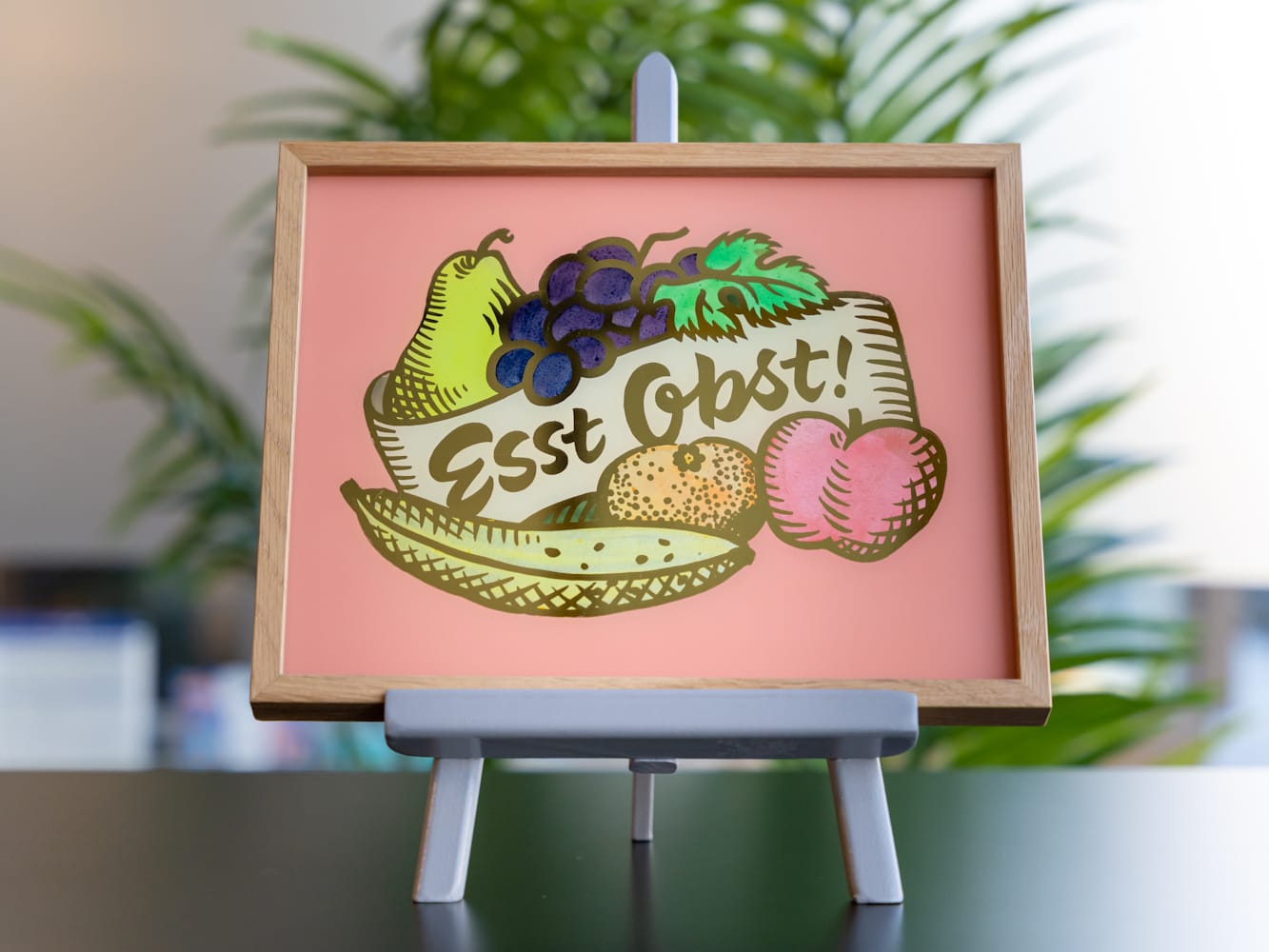
Sketches and finished work from Elena's La Letteria studio in Berlin. Esst Obst (eat fruit) photo: Yanina Isla.
When did you start painting full time, and what was that transition like for you?
I started after taking some time off following the birth of my first daughter. My previous collaboration had also ended so I said to myself, "it’s now or never"!
I had some side income from licensing my typefaces, but it was a rough start. Balancing motherhood with all aspects of running a business, in addition to learning on the job, was a challenge like no other.
Making a living solely from sign painting is still far from easy, to be honest. While there have been fascinating projects and unique encounters over the years that keep me motivated, the job also comes with its share of stress and frustration — that shouldn’t be underestimated.
Elena Albertoni (La Letteria) / @letterista
Elisa Pérez (Madame Letters)
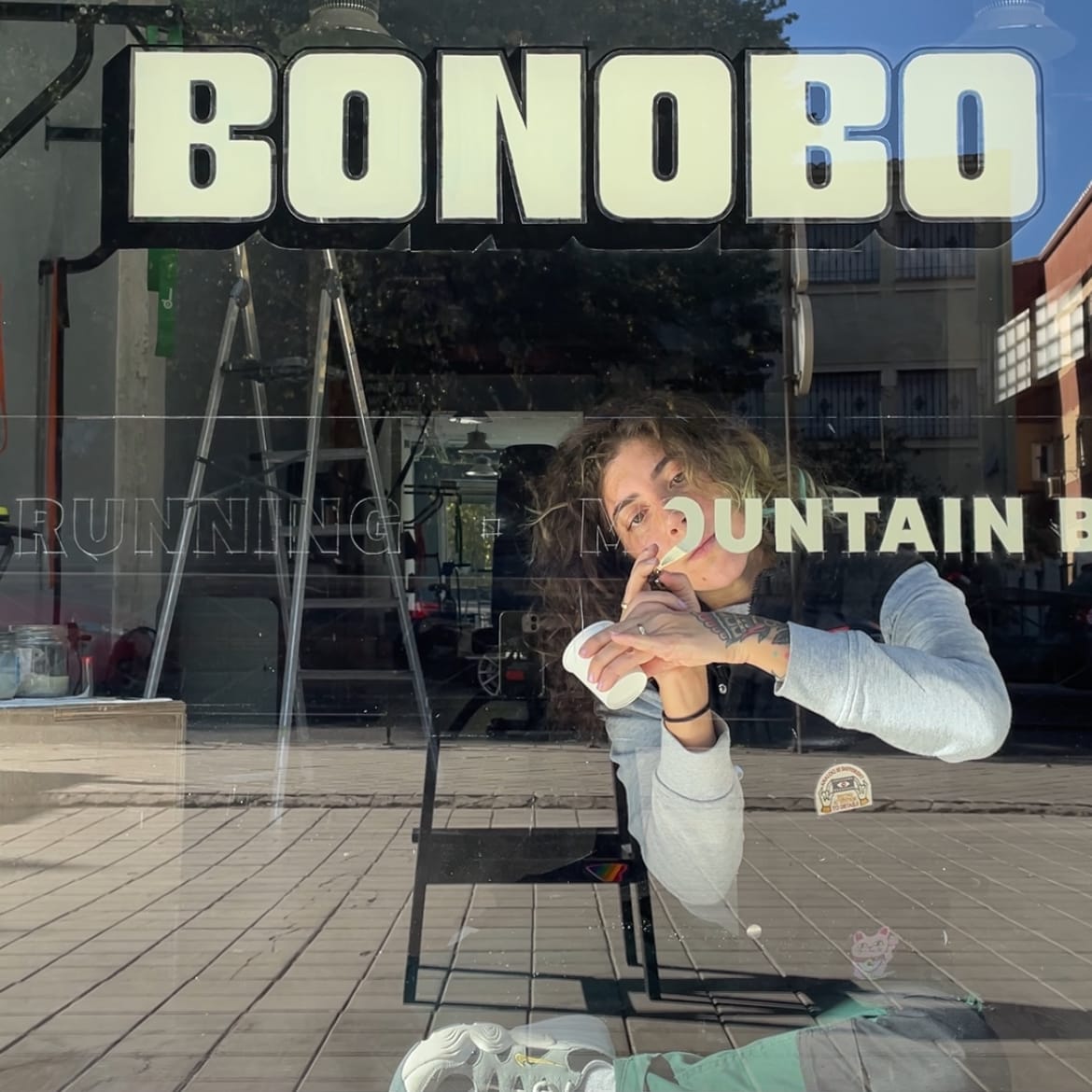
Location
Spain / Germany
Training
- Workshops with Adrian Pérez, Jeff Marshall and Jakob Engberg
- Courses in Fine Arts, Graphic Design, and Typography
Can you tell us what your career path to sign painting looked like?
I was young and very lost (career-wise). But then again, who isn't? It took me some time to realise that all those Friday afternoons painting oil canvases with old ladies in the back of an art supply store had to mean something.
I don’t have a degree; I was always starting something to drop out later because it didn’t feel right. In total I did one year of fine arts, one of graphic design, and a brief typography course. The first time I saw a sign painter was at a tattoo convention. I couldn’t stop thinking about it, so I started looking for a beginners course.
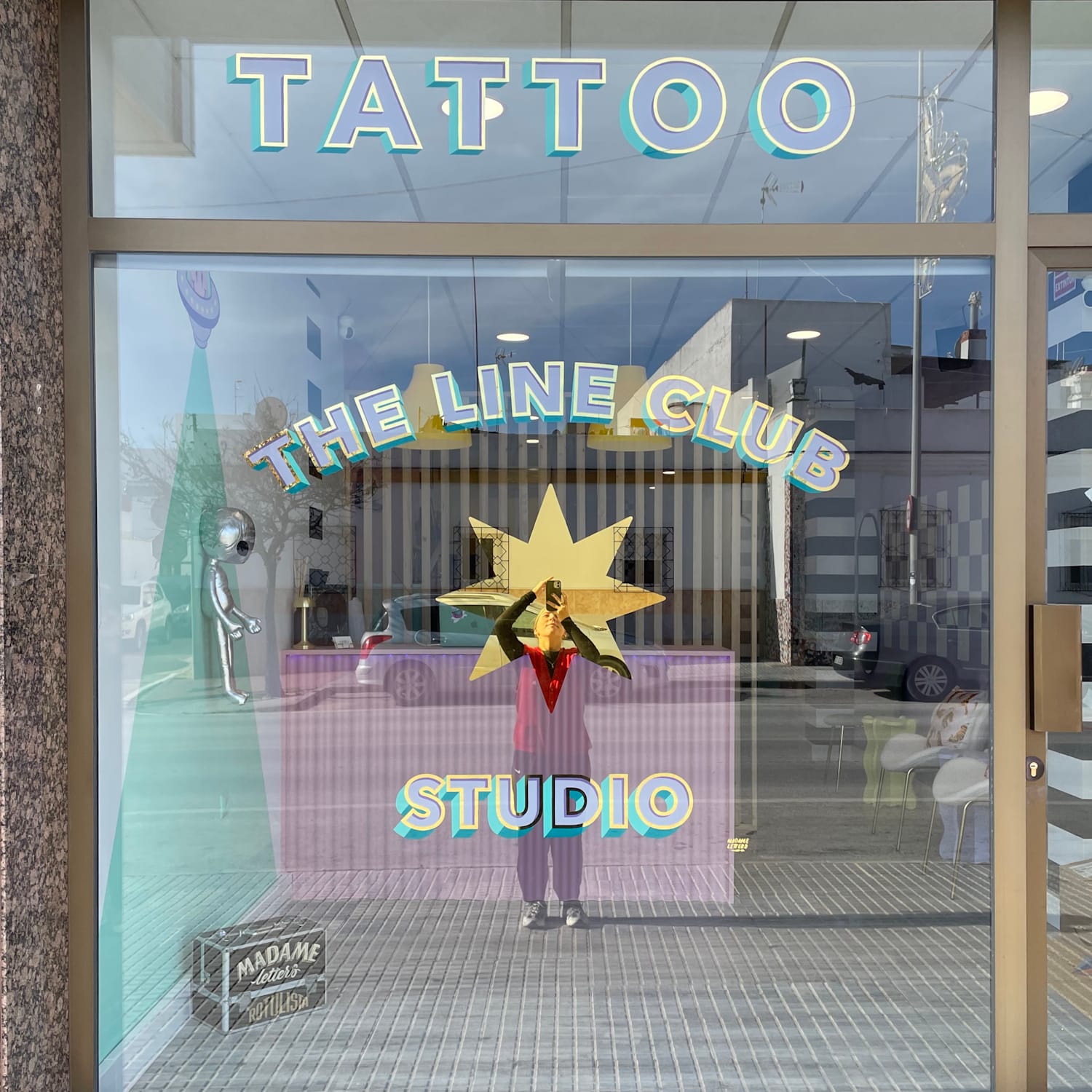
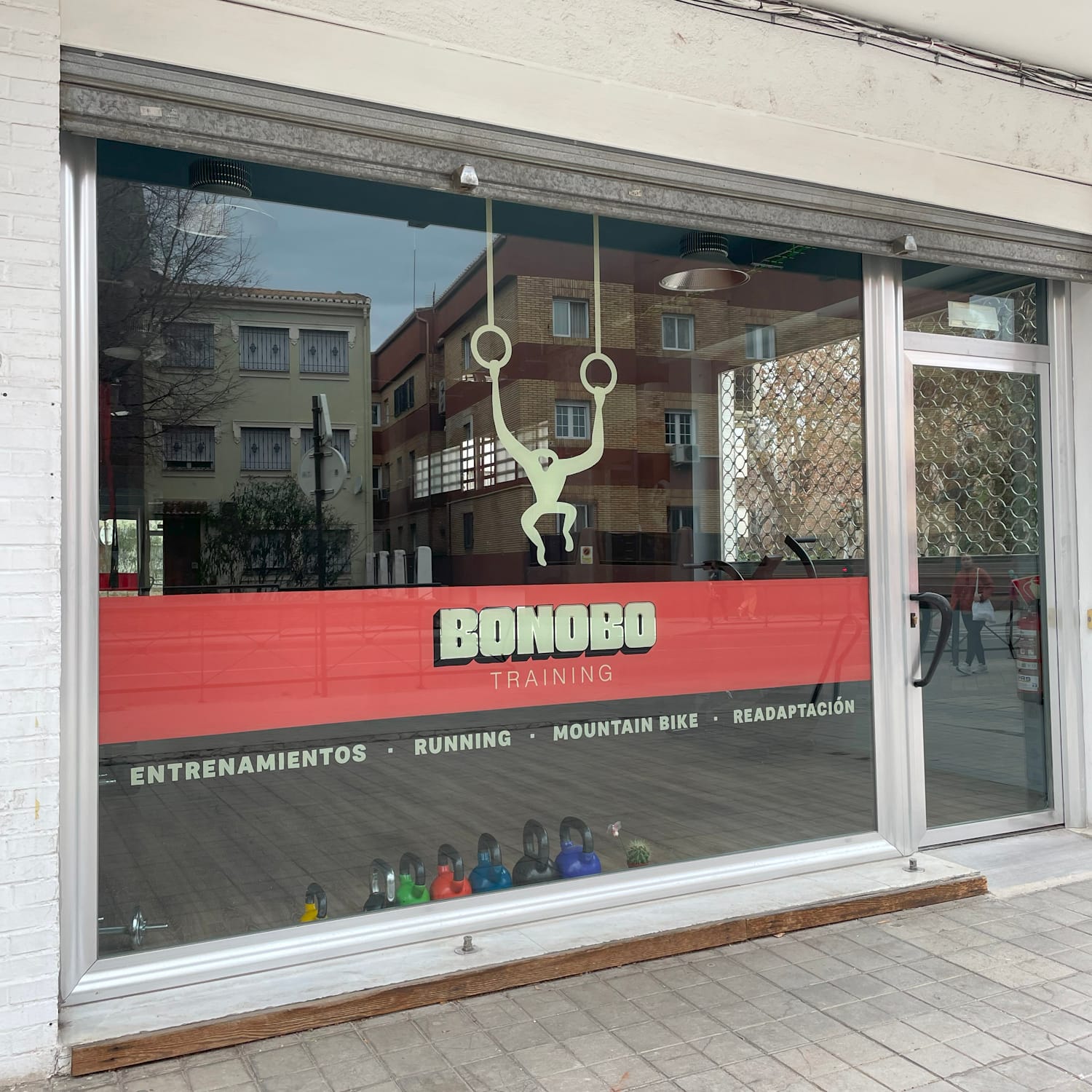
Gilded and painted windows by Elisa in Cádiz (The Line Club) and Granada, Spain.
Where do you look for inspiration for your work?
I think what drives me most in life is watching other craftspeople doing their thing: jewellery makers, ceramists, film photographers, calligraphers, tattoo artists — I can relate to them and find tons of inspiration to do ‘my thing’. Besides that, at the risk of sounding cliché, cartoons, cinema, and music were always very present in my childhood.
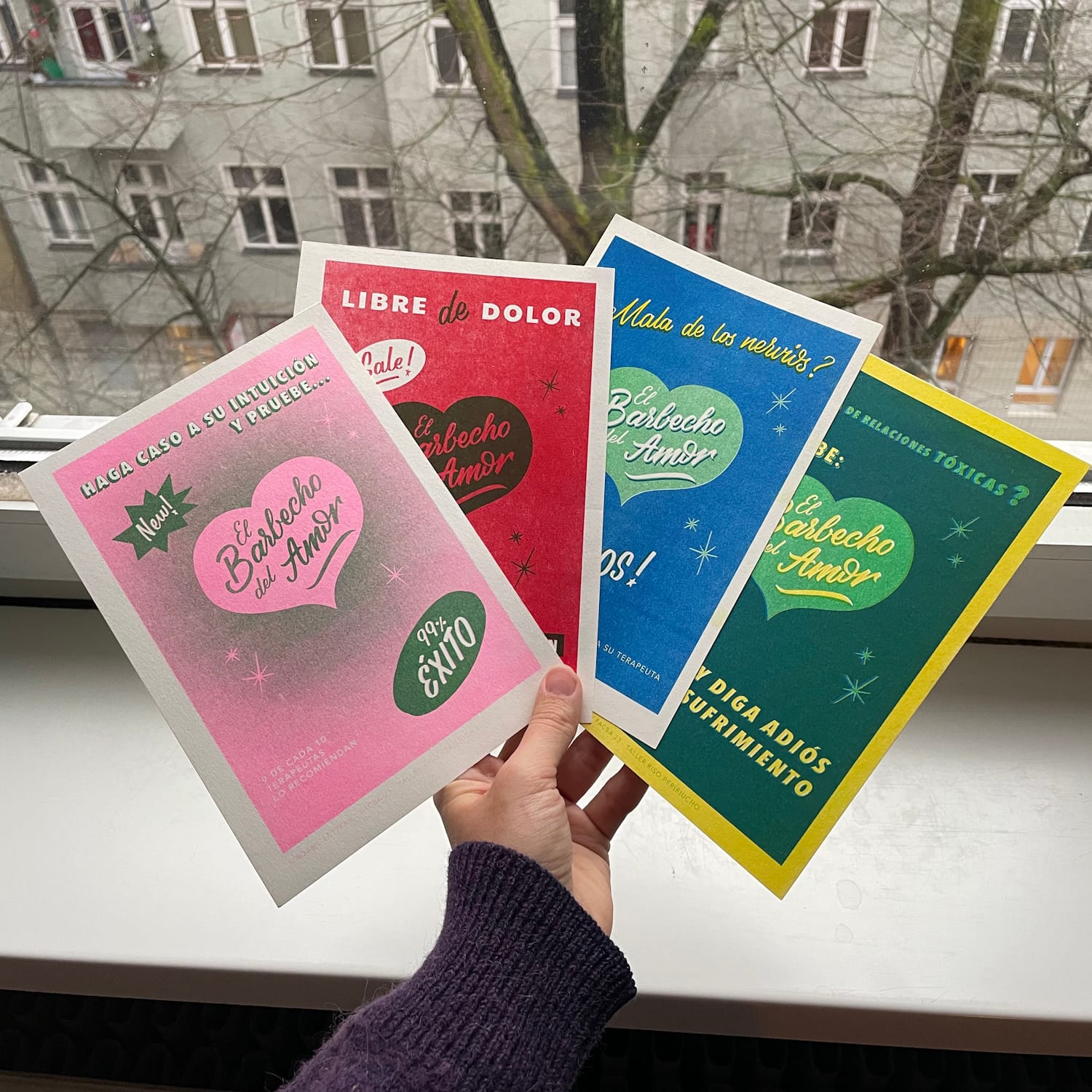
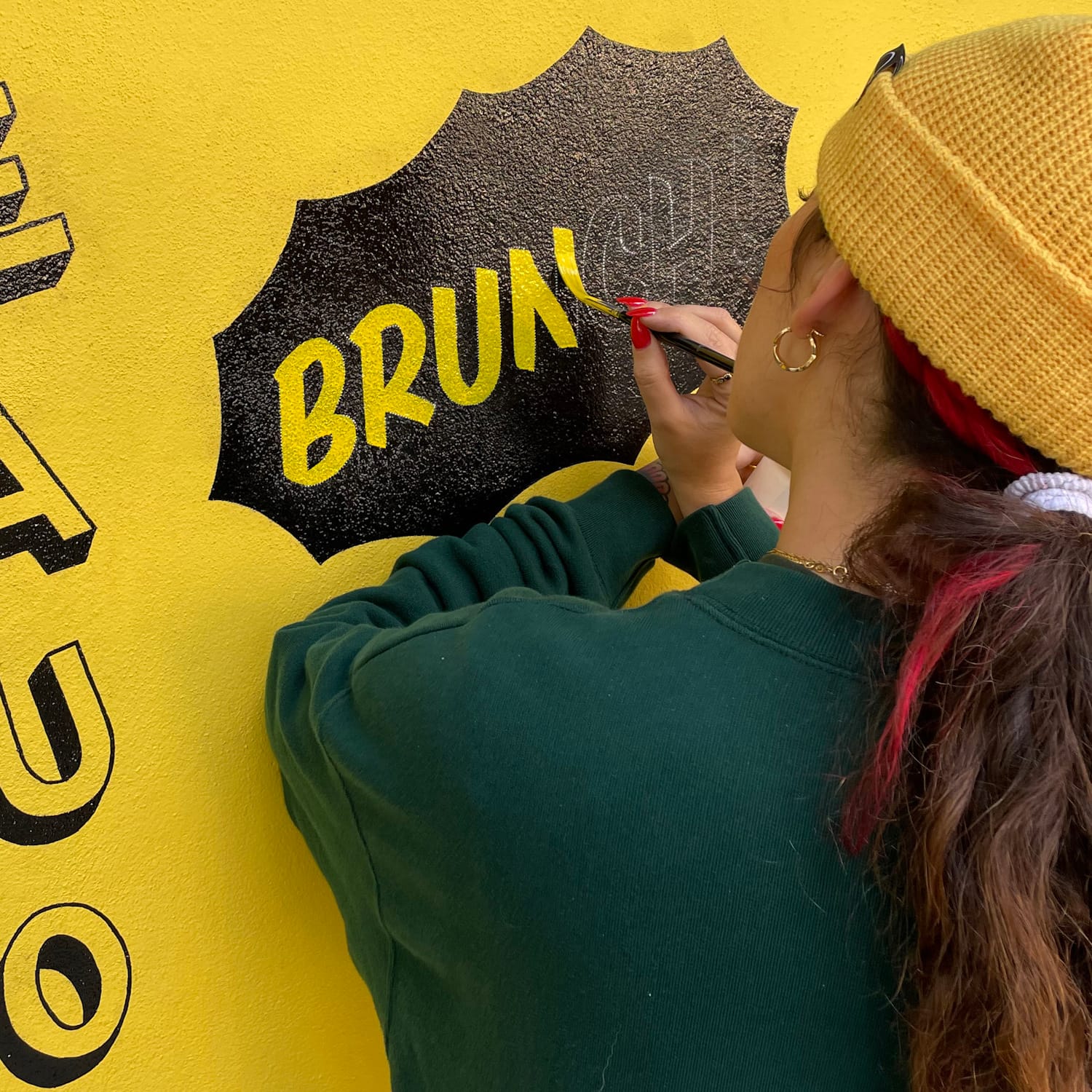
These risograph-printed zines were a personal project, and its back on the brush for Barrio Specialty Coffee in Granada.
A lot of us started sign painting while still working at another job. How did you make the transition from side hustle to a full-time career?
I was working as a graphic designer in a start-up office for two years but resigned six months after taking my first sign painting workshop. I had enough money to survive one year without working, but I still worked as a calligraphy teacher once a week to make extra money.
What advice would you give to anyone just starting out?
Don’t be hard on yourself. Follow your instinct and listen to your gut!
Interviews by Lauren Kerbel / @torontosignpainter
More People
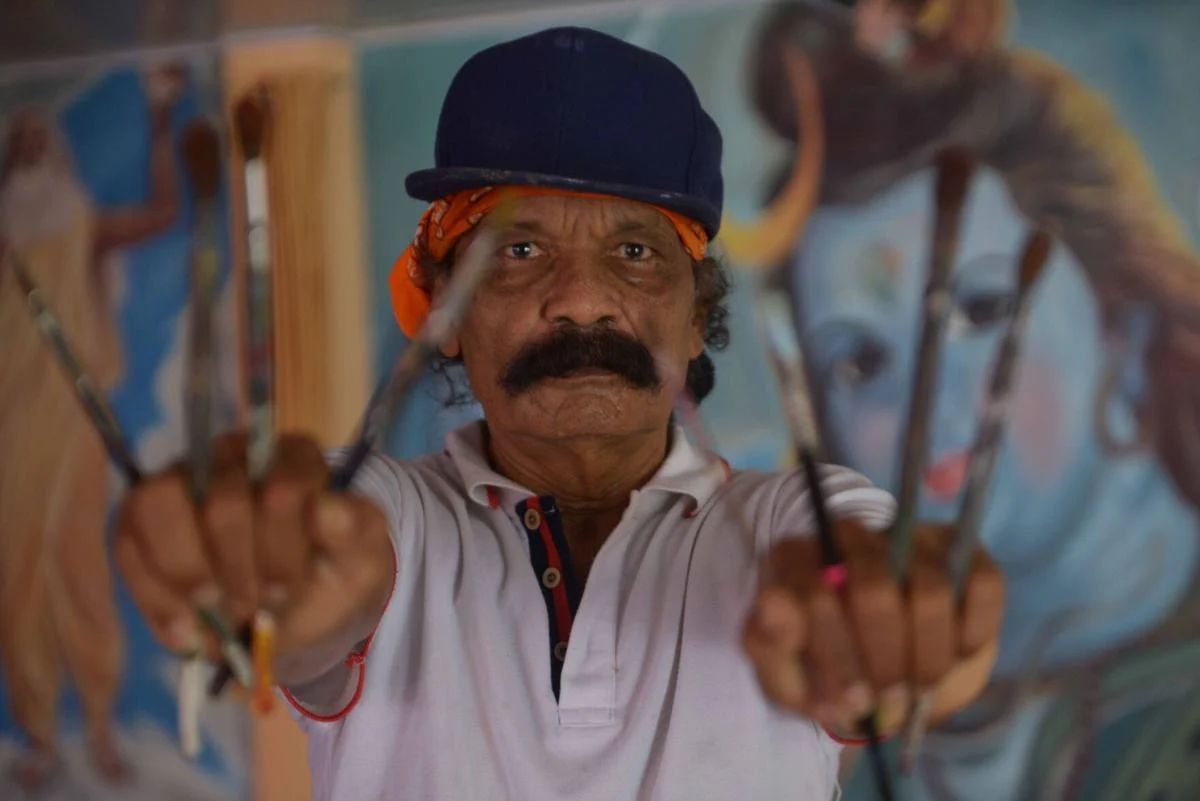
More Learning
